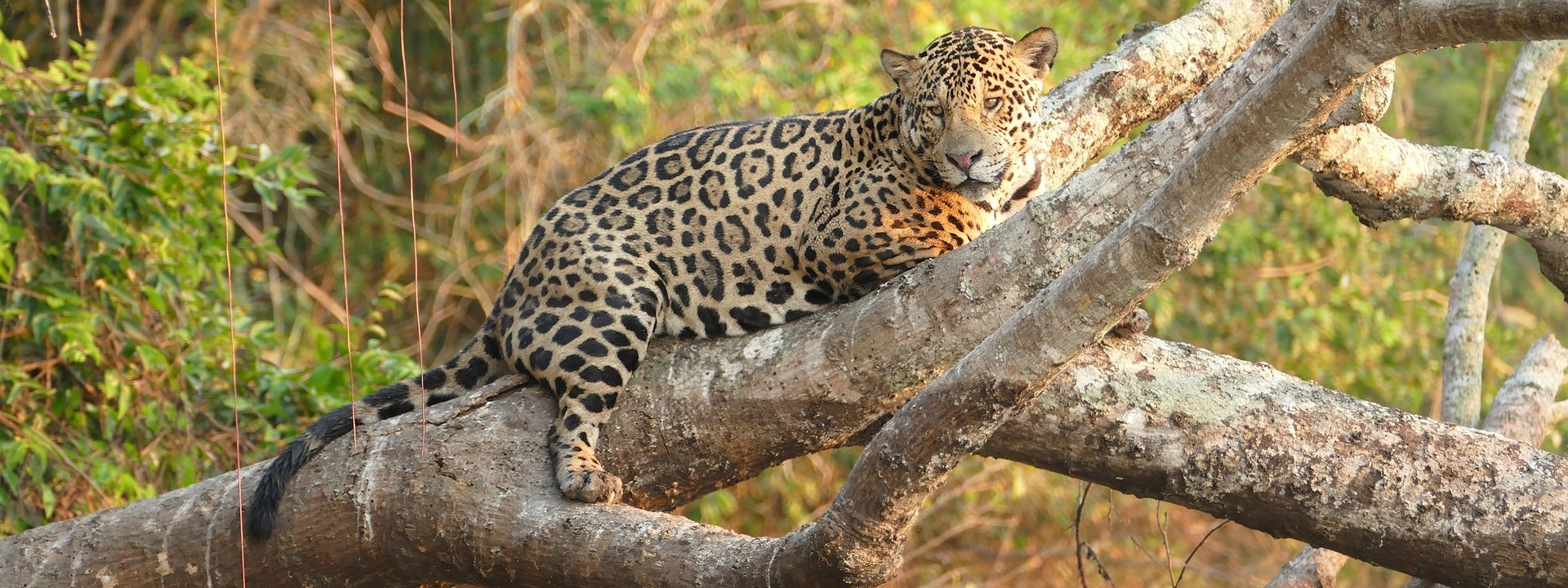Brazil
Pantanal, Caraça Reserve and Jardim da Amazônia
A 16-day small group tour exploring many of the best sites of SW Brazil including the amazing Pantanal
WildWings and our sister brand Limosa have been offering tours to southern Brazil for many years and our new and improved joint itinerary for 2025 (which is being offered on both the WildWings and Limosa websites) not only includes the world famous Pantanal but also visits the Cerrado (Brazilian savannah) and a delightful lodge on the edge of Amazonia giving us the opportunity to see a fantastic selection of birds and mammals in these three very different areas.
Beginning on the savannah, one of our goals will be to see South America’s largest canid, the Maned Wolf, however, the area is also excellent for birds including endemics such as Hyacinth Visorbearer, Brazilian Ruby, Serra Antwren, Ochre-rumped Antbird and Rock Tapaculo.
Our next destination is Jardim da Amazônia, a delightful lodge located where the Cerrado meets Amazonia. This protects a large fragment of forest and is home to a multitude of special birds including the highly endangered Cone-billed Tanager and relatively recently described Cryptic Forest Falcon.
For the final part of our holiday, we will travel to the world’s largest tropical wetland, the Pantanal, for seven nights. By staying at three different locations, we will have the opportunity to explore a wider variety of habitats and can expect to see an impressive range of species.
One of our main targets here is the mighty Jaguar but we will also look for other mammals such as Giant Otter, Giant Anteater, Brazilian Tapir and Black-and-Gold Howler. The Pantanal is, of course, also internationally renowned for the impressive range of birds that can be found and those we hope to see include the world’s largest parrot, the Hyacinth Macaw. With other possibilities including Agami, Zigzag, Boat-billed and Capped Herons, plus Blue-throated Piping Guan, Roseate Spoonbill, Black-collared Hawk and Orange-backed Troupial, this holiday provides the opportunity to see an amazing variety of wildlife.
Tour Dates & Prices
Tue 30th September 2025
Wed 15th October 2025
- Available
Tour Cost: 16 Days from £6395
What's Included?
- Services of WildWings’ expert English-speaking Brazilian bird guide
- 13 nights accommodation in Brazil, staying at comfortable hotels and lodges
- All main meals
- Minibus transport
- Boats trips at Jardim da Amazônia, Porto Jofre and on the Pixaim River
- All excursions, local guides, entry fees and permits
- All tour-based tips (including driver, boatmen and local guides), conservation fees and taxes
- WildWings checklist of birds and other wildlife
Cost Excludes
International and internal flights, insurance, drinks, airport meals/snacks and other items of a personal nature
Additional Information
The Land Only Tour Cost is the amount you will pay WildWings.
Despite the end of pandemic restrictions, we have taken the decision to continue to price our holidays as excluding international flights.
To keep the process as simple as possible, we are working very closely with a dedicated agent at Travel Counsellors, Sacha Barbato, who is essentially now our “in house” flight consultant.
Sacha is a highly experienced independent ATOL bonded travel agent, and his contact details are as follows: [email protected] and 01603 360099
He will be able to advise you which flights we are recommending for each holiday and will be able to book these for you.
This will also sometimes give you the option to travel from a regional airport if you prefer.
Tour Highlights
- seven nights in the world famous Pantanal looking for Jaguar, Giant Otter and Giant Anteater along with a spectacular selection of birds
- birds in the Pantanal should include the world's largest parrot, Hyacinth Macaw
- other possibilities include Zigzag and Agami Herons, Roseate Spoonbill and Orange-backed Troupial
- explore the Brazilian Cerrado (savannah) with an excellent chance of seeing Maned Wolf
- look for other Cerrado specialities and Brazilian endemics including Hyacinth Visorbearer, Brazilian Ruby, Serra Antwren, Ochre-rumped Antbird and Rock Tapaculo
- stay at Jardim da Amazônia, a delightful lodge located where the Cerrado meets Amazonia where the specialities include the highly endangered Cone-billed Tanager and comparatively recently described Cryptic Forest Falcon
Outline Itinerary
-
Depart UK
-
Arrival in Belo Horizonte. Drive to Caraça Natural Reserve
-
Full day at Caraça Natural Reserve. Birding and looking for Maned Wolf
-
Morning at Caraça. Early afternoon leave for Belo Horizonte
-
Morning flight to Cuiaba. Transfer to Jardim da Amazônia
-
Jardim da Amazônia
-
Transfer to Piuval Lodge in the Pantanal. Begin exploring the area
-
Piuval Lodge full day
-
Morning transfer to Porto Jofre. Afternoon boat ride
-
Porto Jofre full day
-
Porto Jofre in the morning. Leave to Hotel Pantanal Mato Grosso along the Pixaim River
-
Pixaim River in search for Agami and Zigzag Herons
-
Early morning boat ride (depending of flights). Leave to Cuiaba. Flight to UK
-
Arrive UK
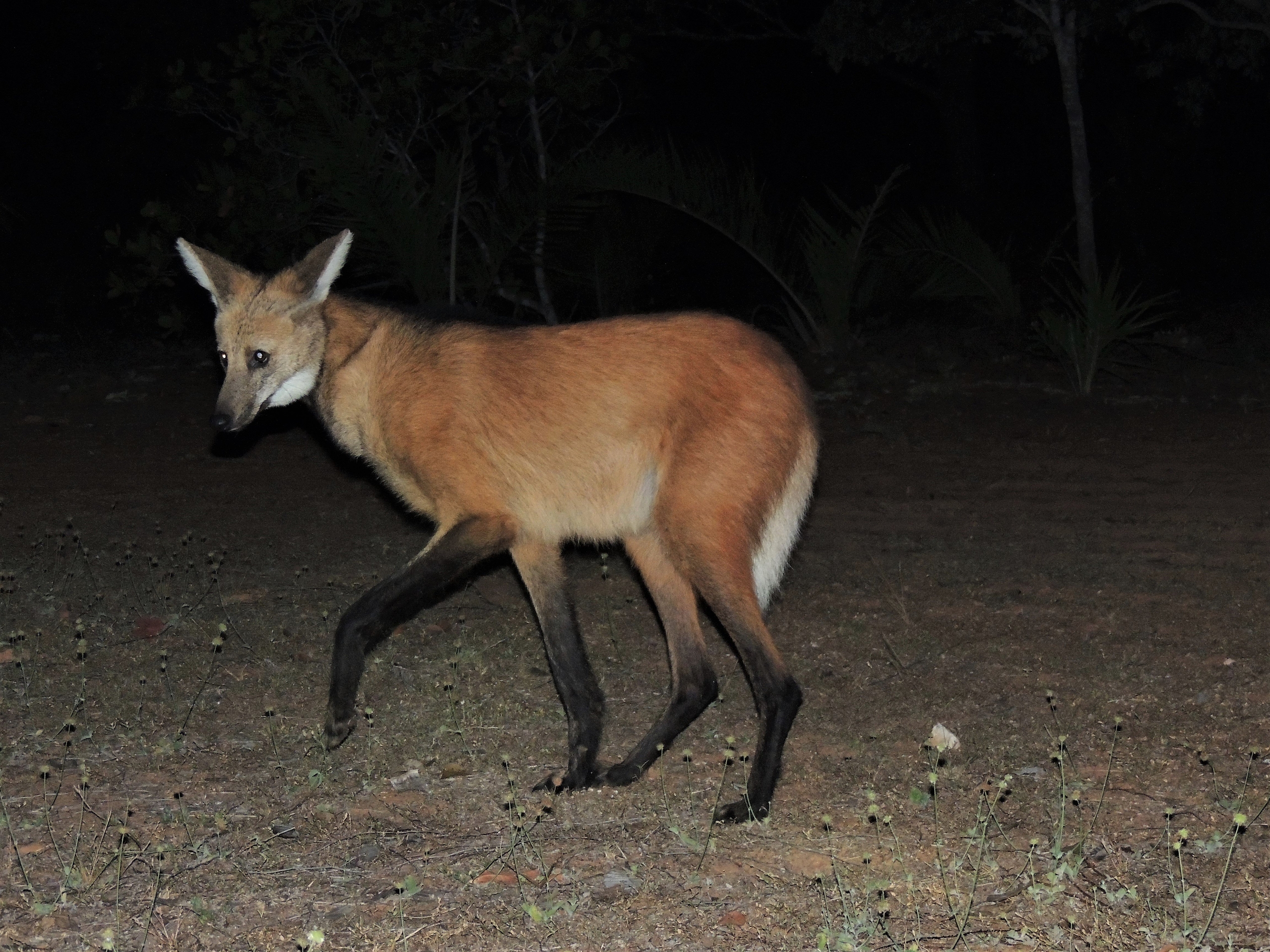
WildWings and our sister brand Limosa have been offering tours to southern Brazil for many years and our new and improved joint itinerary for 2025 not only includes three important sites within the world famous Pantanal but also visits the Cerrado (Brazilian savannah) and a delightful lodge on the edge of Amazonia giving us the opportunity to see a fantastic selection of birds and mammals in these very different areas.
Our holiday begins on the savannah where one of our goals will be to see South America’s largest canid, the Maned Wolf, a species which has declined markedly in recent decades, however, the area is also excellent for birds including endemics such as Hyacinth Visorbearer, Brazilian Ruby, Serra Antwren, Ochre-rumped Antbird and Rock Tapaculo.
Our next destination is Jardim da Amazônia, a delightful lodge in an important ecological corridor where the Cerrado meets Amazonia. Located on the banks of the Rio Claro River, the lodge protects a large fragment of forest and is home to a number of special birds including the highly endangered Cone-billed Tanager and recently described Cryptic Forest Falcon, as well as Razor-billed Curassow, Red-necked Aracari, Pompadour Cotinga, Amazonian Umbrellabird and Fiery-capped Manakin. It is also a primate research station and there are chances for several interesting species including Mittermeier’s Tapajos Saki, Black Spider Monkey, Black-tailed Marmoset and Azara’s Capuchin.
For the final part of our holiday, we will travel to the world’s largest tropical wetland, the Pantanal, for seven nights. By staying at three different locations, we will have the opportunity to explore a wider variety of habitats and can expect to see an impressive range of species.
One of our main targets will be the largest feline in the Americas, the Jaguar and we will make several boat trips (morning and afternoon with a break in the heat of the day) to explore and look for this apex predator and other wildlife. As a result, we stand an excellent change of seeing this amazing cat and will also look for other mammals such as Giant Otter, Giant Anteater, Brazilian Tapir and Black-and-Gold Howler. The Pantanal is, of course, also internationally renowned for the impressive range of birds that can be seen and those we hope to find include the world’s largest parrot, the Hyacinth Macaw. With other possibilities including Agami, Zigzag, Boat-billed and Capped Herons, plus Blue-throated Piping Guan, Roseate Spoonbill, Black-collared Hawk and Orange-backed Troupial, this holiday provides the opportunity to see an amazing variety of wildlife.
Leaving Porto Jofre, our final excursion will be a boat trip on the picturesque Pixiam River where there are good chances to see Giant Otter, Paraguay Caiman, Green Iguana and a great selection of birds which could include Agami and Zigzag Herons, Sunbittern, Chestnut-bellied Guan, Blue-throated Piping Guan and Chestnut-eared Aracari before returning home via Cuiaba and Sao Paulo.
With WildWings’ highly experienced bilingual guide Leonardo Patrial to look after you, this holiday promises to be a truly memorable experience.
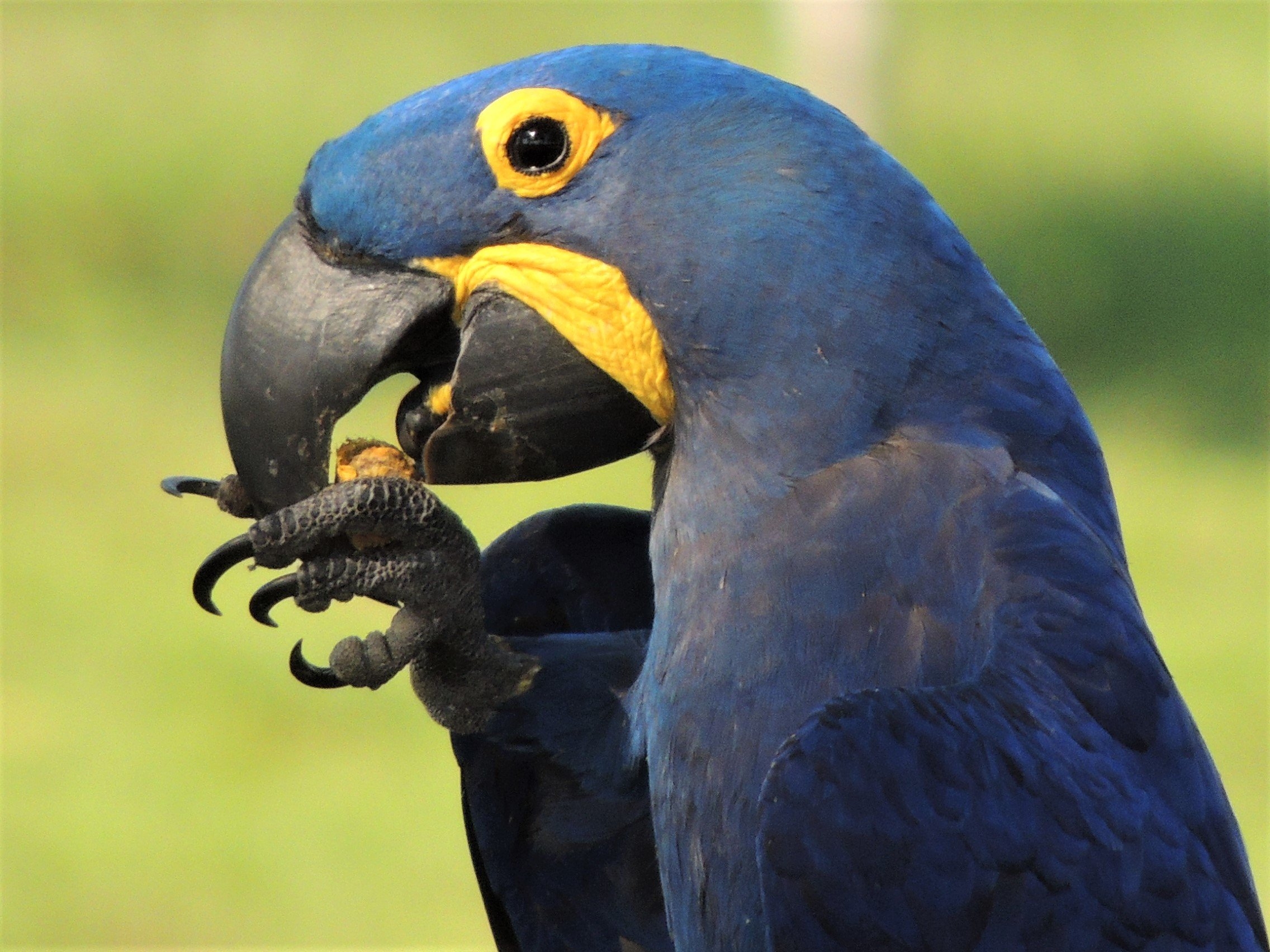
Day 1: Depart London Heathrow for Sâo Paulo and onwards to Belo Horizonte
Our tour to the Brazilian Pantanal begins with an overnight flight from London Heathrow to Sâo Paulo in southeast Brazil and then onwards to Belo Horizonte.
Day 2: Morning arrival in Belo Horizonte. Drive to Caraça Seminary and Natural Reserve
On arrival at Belo Horizonte airport, we will meet Limosa guide Leonardo Patrial and drive to Caraça. If time allows, we will begin our exploration of the surroundings. Located in the southern part of the Espinhaço Mountain Range, the Caraça Reserve is in a transition area between the Atlantic Rainforest and the Cerrado (Brazilian Savannah) and comprises an interesting mixture of forests, open fields and rocky outcrops.
Our goal for the evening is to visit the 18th century historical school and seminary as this is one of the most reliable places to see the largest native canid in South America and the symbol of the Cerrado, the Maned Wolf. This species has declined significantly in recent decades and is now considered near threatened. For over forty years, the wolves have, however, been protected here and the monks at the seminary now feed them every evening on the church’s patio, so there is an excellent chance of seeing a species which is usually highly secretive and difficult to find. Two nights Caraça
Day 3: Full day exploring the trails at Caraça
We have a full day to explore the trail system at Caraça where the birdlife is extremely diverse and we can expect to see a wide range of species. There is a long list of possibilities including a number of highly localised specialities and one of the endemics we will make a particular effort to see is the endemic Hyacinth Visorbearer, a truly stunning hummingbird which is only found on the montane plateau in the state of Minas Gerais.
Brazilian Ruby is another endemic hummingbird we hope to find along with other endemics such as Serra Antwren, Ochre-rumped Antbird, Serra do Mar Tyrant-Manakin, Grey-backed Tachuri, Pale-throated Serra Finch and Rock Tapaculo.
There is, however, a long list of other great birds to look for with the possibilities including Dusky-legged Guan, Blackish Rail, Scaly-headed Parrot, Tawny-browed Owl, White-barred Piculet, Robust Woodpecker, Planalto Woodcreeper, Band-tailed Hornero, Grey-bellied Spinetail, Rufous-breasted Leaftosser, Large-tailed Antshrike, Ferruginous Antbird, , Dusky-tailed Antbird, White-shouldered Fire-eye, Mottle-cheeked Tyrannulet, Drab-breasted Pygmy-Tyrant, Eared Pygmy-tyrant, Ochre-faced Tody-Tyrant, White-throated Spadebill, Velvety Black Tyrant, Pin-tailed Manakin, Swallow-tailed Cotinga, White-rimmed Warbler, Green-headed Tanager, Brassy-breasted Tanager, Gilt-edged Tanager, Golden-chevroned Tanager, Cinnamon Tanager, Wedge-tailed Grassfinch, and Crested Becard,.
We will also hope to find some monkeys during our exploration with Black-fronted Titi and Black-tufted Marmoset both possible.
Day 4: All morning birding at Caraça. Early afternoon leave for Belo Horizonte
We will have a second morning to continue our exploration of the birding habitats around Caraça and additional species we could find include Planalto Hermit, Violet-capped Woodnymph, Surucua Trogon, Rufous-capped Spinetail, White-eyed Foliage-gleaner, Crescent-chested Puffbird, Shear-tailed Grey Tyrant, Three-striped Flycatcher, Blue Manakin and Yellow-legged Thrush.
In the afternoon, we will leave for Belo Horizonte where we will spend the night. Night Belo Horizonte
Day 5: Morning flight to Cuiaba. Transfer to Jardim da Amazônia Lodge
We plan to take a morning flight from Belo Horizonte to Cuiaba and from there will drive to Jardim da Amazônia Lodge. The journey is just over 330kms, however, we are likely to make a number of carefully selected stops as we travel but it is well worth the trip as this delightful lodge is located in an important ecological corridor where the Cerrado meets the Amazon biome and, as a result, there is a great diversity of birds, primates and butterflies.
The lodge itself is located on the banks of the Rio Claro River and protects a large fragment of this forest and we will have the opportunity to explore the area by boat and on trails.
The area is home to a number of important birds including the highly endangered Cone-billed Tanager which was discovered in 1938 and then not seen again until 2003. This species appears to be highly local but this region is regarded as one of the best places to look for it.
Another possibility is Cryptic Forest Falcon which was only described in 2002, however, there will be plenty more to look for. Three nights Pousada Jardim da Amazônia
Days 6-7: Jardim da Amazônia
We have two full days to explore around Jardim da Amazônia and can expect to see an impressive range of species during our stay. Over 550 species have been recorded in the area, although we are likely to only see a modest percentage of this total, however, the possibilities include Brazilian Tinamou, Razor-billed Curassow, Red-bellied, Red-shouldered, Blue-and-yellow and Blue-winged Macaws, Orange-cheeked Parrot, Amazonian Pygmy owl, Black-banded Owl, Long-tailed Potoo, Blackish Nightjar, Reddish Hermit, Dot-eared Coquette, Spotted Puffbird, Black-girdled Barbet, Rufous-capped Nunlet, Blue-cheeked and Bronzy Jacamars, White-throated Toucan, Red-necked Aracari, Gould’s Toucanet, Red-stained and Ringed Woodpeckers, Pompadour Cotinga, Amazonian Umbrellabird, Bare-necked Fruitcrow, White-browed Purpletuft, White-banded Swallow, Natterer’s Slaty Antshrike, Dot-winged Antwren, Rondonia Warbling Antbird, Point-tailed Palmcreeper, Rufous-tailed Foliage-Gleaner, Sulphury Flycatcher, Stripe-necked Today-Tyrant, Cocoa Thrush, Para Gnatcatcher, Slaty-capped Shrike-Vireo, Screaming Piha, Rose-breasted Chat, Pink-throated Becard, Tooth-billed Wren, Brown-winged Schiffornis, Dwarf Tyrant-Manakin, Fiery-capped and Snow-capped Manakins, Turquoise and Paradise Tanagers and Yellow-bellied Dacnis amongst many other species.
The lodge is a Primate Research Station and during our stay we will also hope to find several species including Mittermeier’s Tapajos Saki, Black Spider Monkey, Black-tailed Marmoset, Azara´s Capuchin Monkey. Brazilian Tapir is also present although we would count ourselves fortunate to see this.
Day 8: Leave Jardim da Amazônia. Drive to Piuval Lodge in the Pantanal
We will reluctantly leave Jardim da Amazônia after breakfast for the third section of our holiday, an opportunity to explore the world famous Pantanal. This is considered to be the world’s largest tropical wetland and extends into both Bolivia and Paraguay covering a vast area of over 50,000 square miles.
The Transpantaneira road offers access to this amazing wildlife refuge and we plan to stay at three carefully selected locations to maximise on the wildlife opportunities with the first of these being Piuval Lodge, which is located on a traditional cattle ranch at the beginning of the Transpantaneira.
Whilst Hyacinth Macaw and Toco Toucan are arguably two of the more iconic birds of the area, there should be plenty of other new birds to look for and those we could find include Undulated Tinamou, Whistling Heron, Buff-necked Ibis, Snail Kite, Limpkin, Jabiru Stork, Crested Caracara, Long-tailed Ground-dove, Guira Cuckoo, Burrowing Owl, Black-banded Owl, Great Potoo, Black-fronted Nunbird, and Orange-winged Parrots, Peach-fronted Parakeet, Chestnut eared Aracari, White and Pale-crested Woodpeckers and Chotoy Spinetail. Three nights Piuval Lodge
Days 9-10: Piuval Lodge
We have two full days to explore a variety of different areas within the property and are likely to do this though a combination of gentle walking and use of an open safari truck to maximise on the opportunities.
Further new birds we could find include Greater Rhea, Red-legged Seriema, Bare-faced Curassow, Rufescent Tiger Heron, Common Potoo, Golden-collared Macaw, Campo Flicker, Cream-coloured and Red-billed Scythebill, however, we will also want to devote some of our time to looking for some of the mammals which can be found here with two of South America’s most well known species, Jaguar and Giant Anteater, both possible. Other species we could see include Black-tailed Marmoset, Grey and Red Brocket Deer, Azara´s Agouti, Capybara and South American Coati.
Day 11: Transfer to Porto Jofre
It will be a 140km drive along the Transpantaneira to reach Porto Jofre and we expect to arrive there in time for lunch. Once the temperature has started to cool, we plan to take a boat trip on the Cuiaba River to begin our exploration of the area.
The river flows through the Encontro das Águas State Park and this area is regarded as a major hot spot for South America’s largest and most powerful cat, the Jaguar. Whilst sightings can never be guaranteed, the local boat drivers have become experts on where to look for these impressive felines which will often spending time either hunting or lounging close to the river banks.
With three boat trips scheduled, we stand an excellent chance of multiple encounters and to date we have never missed this species on our previous visits to Porto Jofre. Two nights Porto Jofre
Day 12: Porto Jofre
We plan to continue our exploration of the area with a break and opportunity to relax during the heat of the day when wildlife activity is typically at its low point.
Whilst ensuring we have had some good views of Jaguar will be a major priority, there will also be plenty of other mammals to look for with the possibilities including Giant Otter, Neotropical River Otter, Black-and-Gold Howler, Azara’s Capuchin and Brazilian Tapir.
The area around Porto Jofre is also excellent for birds with over 300 species recorded in the vicinity of the town and those we could see include Southern Screamer, Chaco Chachalaca, Anhinga, Roseate Spoonbill, Green Ibis, Cocoi Heron, Black Skimmer, Large-billed and Yellow-billed Terns, Pied Lapwing, Collared Plover, Solitary Sandpiper, Lesser and Greater Yellowlegs, Great Black Hawk, Black-collared Hawk, Crane Hawk, Ringed, Amazon and Green Kingfishers and Yellow-rumped Cacique.
Day 13: Transfer to Pixaim River
After some final wildlife watching around Porto Jofre, we will head north along the Transpantaneira for the final part of our holiday, a two-night stay at a remote but comfortable hotel adjacent to the Pixaim River. We will look for wildlife as we travel and plan to arrive in the late afternoon which may allow time to begin our exploration of this new area. Two nights near Pixaim River
Day 14: Pixaim River
The picturesque Pixaim River is home to more fantastic wildlife and to maximise on the opportunities we plan to take to the water once again for another boat trip. Two of the special birds here are herons, the amazing-looking Agami and highly secretive Zigzag, and finding both of these will be amongst our goals, however, there is plenty more to look for with the other possibilities including Plumbeous Ibis, Boat-billed and Capped Herons, Chestnut-bellied Guan (endemic), Blue-throated Piping Guan, Sunbittern, Sungrebe, Wattled Jacana, Chestnut-eared Aracari, Pygmy and Green-and-Rufous Kingfishers, Band-tailed Nighthawk, Ferruginous Pygmy-Owl, Blue-crowned Trogon, Grey-crested Cachalote, Common Thornbird, Helmeted Manakin, Red-crested and Yellow-billed Cardinals, Orange-backed Troupial and many others.
We are likely to also find some more mammals as we explore with this being another opportunity to look for Giant River Otter, Brazilian Tapir, Azara´s Capuchin and Black-and-gold Howler as well as other wildlife such as Green Iguana and the Yacare or Paraguayan Caiman.
Day 15: Leave for Cuiaba and flights home
It should take about 2.5 hours to drive from our comfortable riverside hotel to Cuiaba Airport so depending on flight schedules, there should be time either for some more exploring or to look for birds and other wildlife as we head back north to the airport.
At Cuiaba we will say farewell to Leonardo, take a flight to Sâo Paulo for an overnight connection back to the UK.
Day 16: Arrive UK
Our flight home is likely to arrive in the afternoon where the tour concludes.
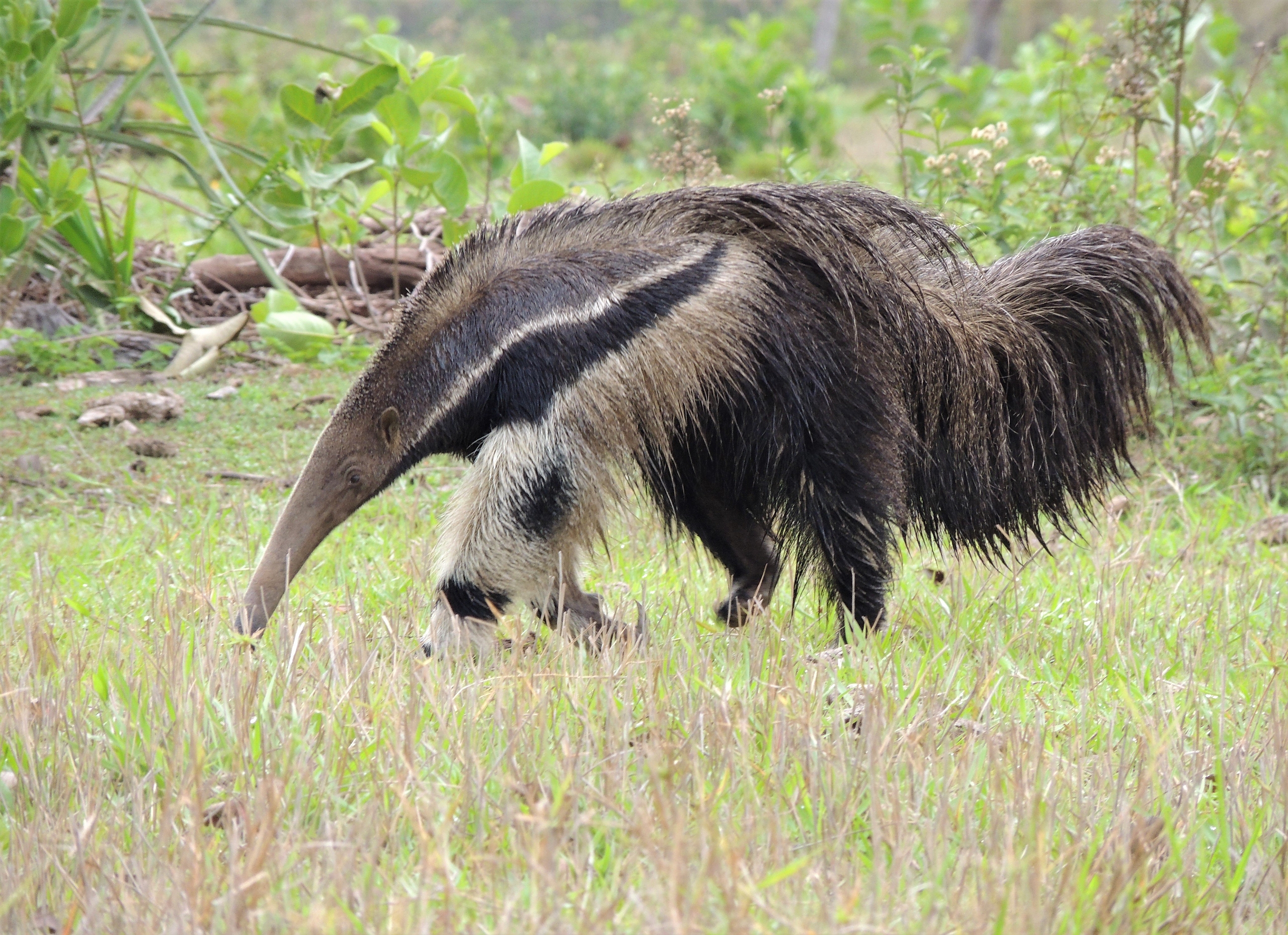
WHAT TO EXPECT
This birds and mammals tour focuses on exploring three very different areas in southwest Brazil, the Cerrado (Brazilian savannah), the ecological corridor where the Cerrado meets the Amazon biome and the world famous Pantanal .
Over the two weeks of the holiday, we hope to see some of the most iconic mammals of this region including South America’s large cat, the Jaguar, as well as Maned Wolf, Giant Anteater, Giant Otter and Brazilian Tapir.
We will also be searching for an impressive list of birds including the spectacular Hyacinth Macaw. However, there will be plenty of other special birds to enjoy including a decent number of Brazilian endemics with possibilities such as Hyacinth Visorbearer, Brazilian Ruby, Serra Antwren, Ochre-rumped Antbird and Rock Tapaculo.
ACCOMMODATION
Thirteen nights accommodation in Brazil, staying in comfortable accommodation. All hotels and lodges have been chosen for their locations in the natural areas with abundant wildlife nearby. All rooms have private facilities.
MEALS
All main meals are included in the tour price, commencing with dinner on Day 2 and concluding with breakfast on Day 15.
When we are in the field, lunches will sometimes be picnics, whilst on travel days, these are more likely to be at a convenient restaurants. Breakfasts are invariably buffet-style consisting of fruit juices, coffee, hot chocolate and normally tea, a selection of fresh fruits, fresh yogurts, bread, cheeses, cold meats, and in some hotels hot sausage and eggs.
Hotel dinners will normally be buffet-style consisting of a variety of meats and vegetables. Beef, chicken and pork are the meats most commonly encountered. Fish is likely to be on the menu along the Transpantaneira.
WEATHER
It is likely to be hot throughout the tour but if there is rain it can feel cold, especially when spotlighting at night, so bring extra clothes just in case (eg a windbreaker and poncho will be welcome at this time).
INSECTS
Mosquitoes can be a problem in the Pantanal, although it seems to vary a lot from year to year and we have not experienced any major problems on our previous tours, however, please come prepared with repellent and long sleeved clothing.
WALKING
Predominantly easy walking on this tour, always at a gentle pace and generally along well-marked trails.
TRAVEL
Despite the end of pandemic restrictions, we have taken the decision to continue to price our holidays as excluding international flights.
To keep the process as simple as possible, we are working very closely with a dedicated agent at Travel Counsellors, Sacha Barbato, who is essentially now our “in house” flight consultant.
Sacha will be able to advise you which flights we are recommending for each holiday, and he will be able to book these for you.
This will also sometimes give you the option to travel from a regional airport if you prefer.
GROUND TRANSPORT
By air-conditioned minibus or people-carrier depending on the group size. There will be some moderate to long drives between some of the sites but this is inevitable in a country the size of Brazil but we will use comfortable vehicles for all transfers with drinking water available for the entire time.
Tour Gallery
View a gallery of images for this tour below, click on an image to view as full size with caption
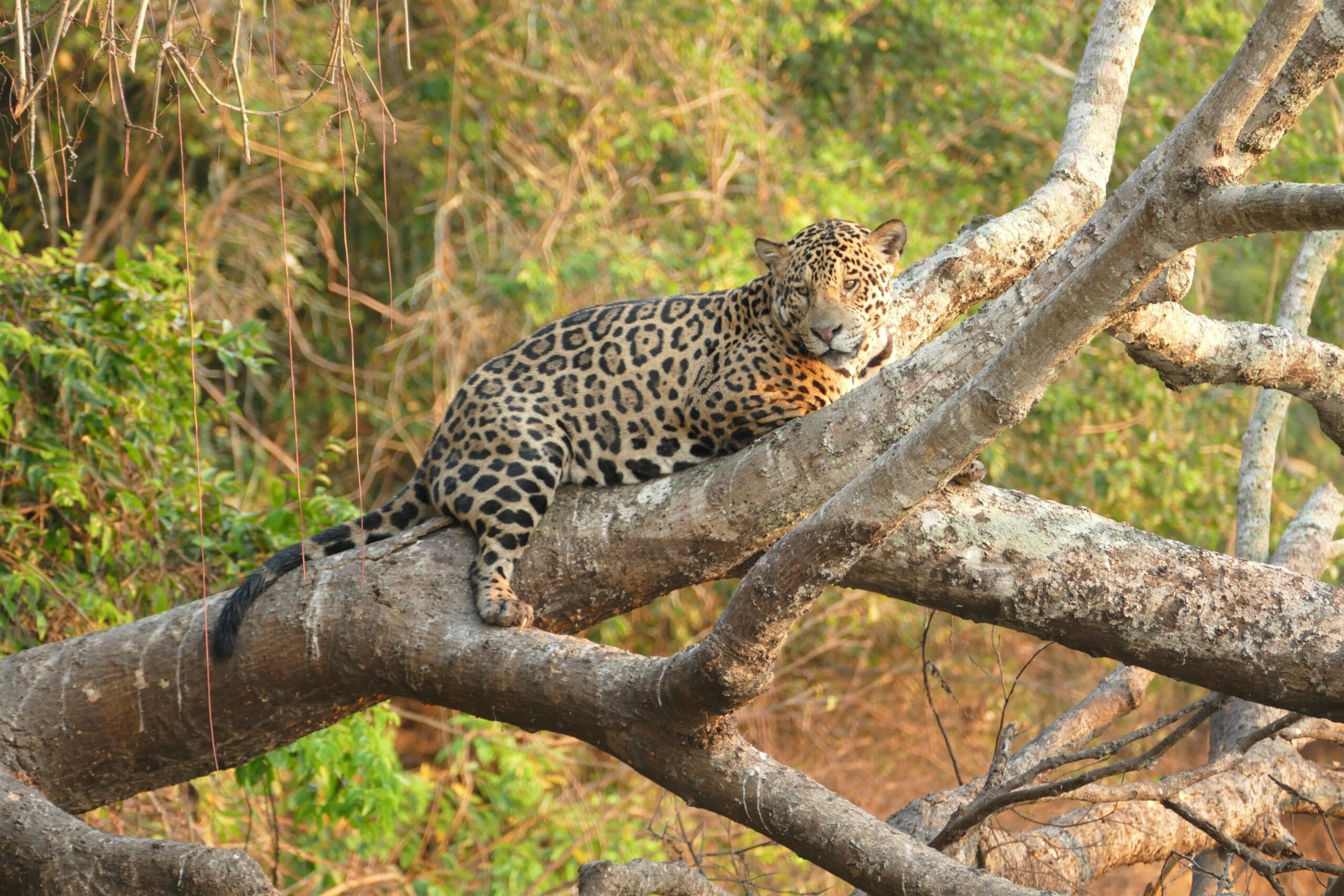

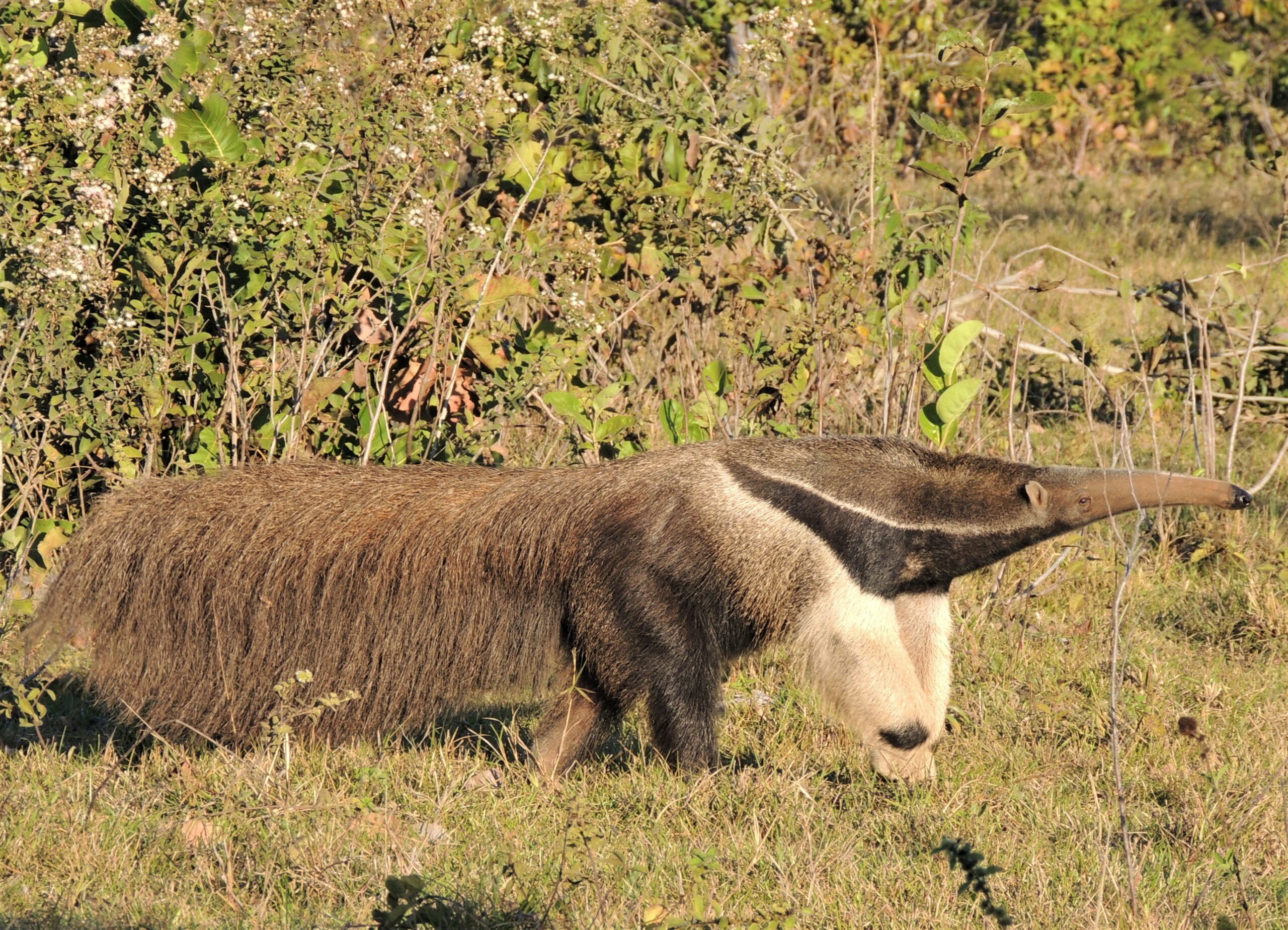
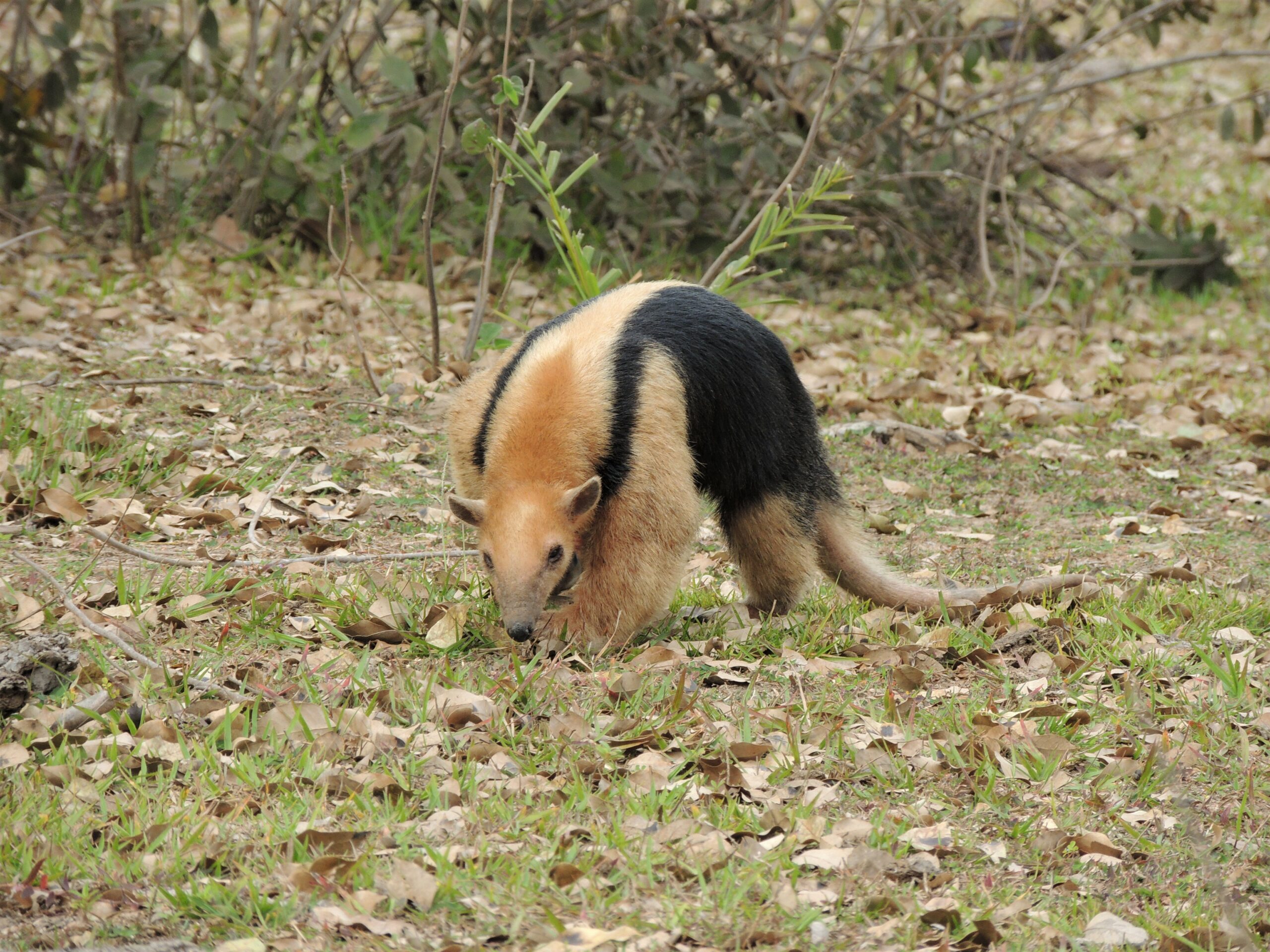
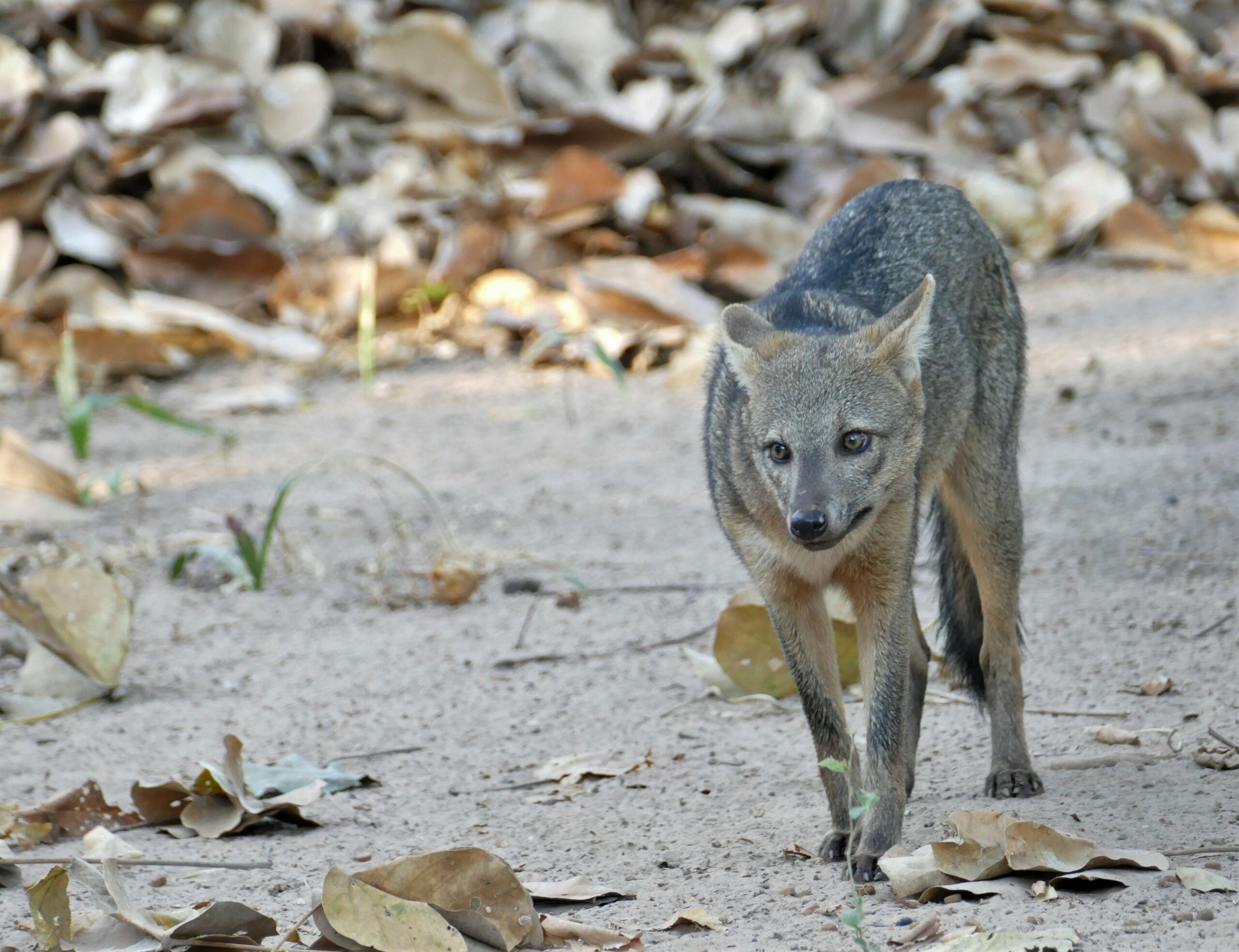
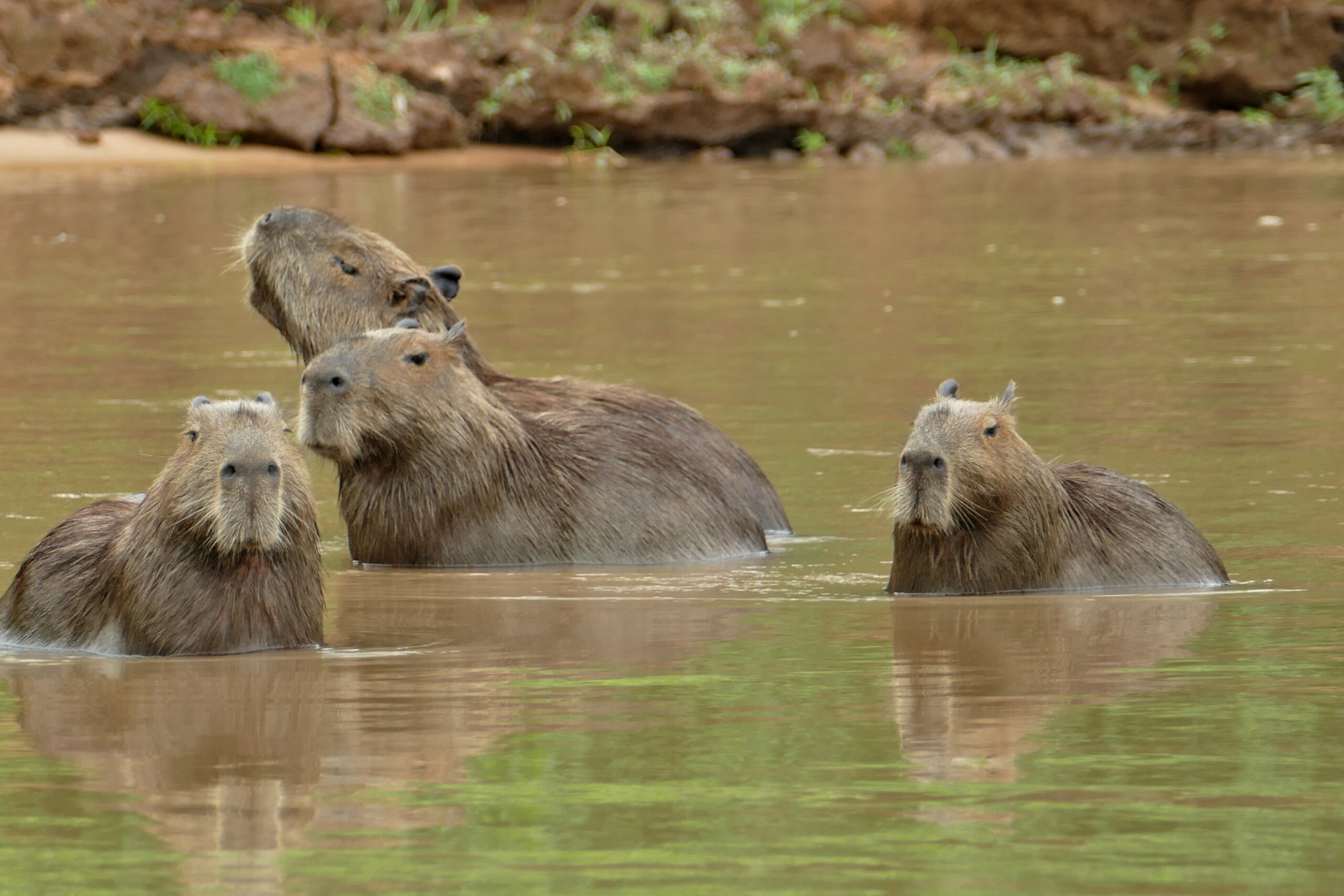
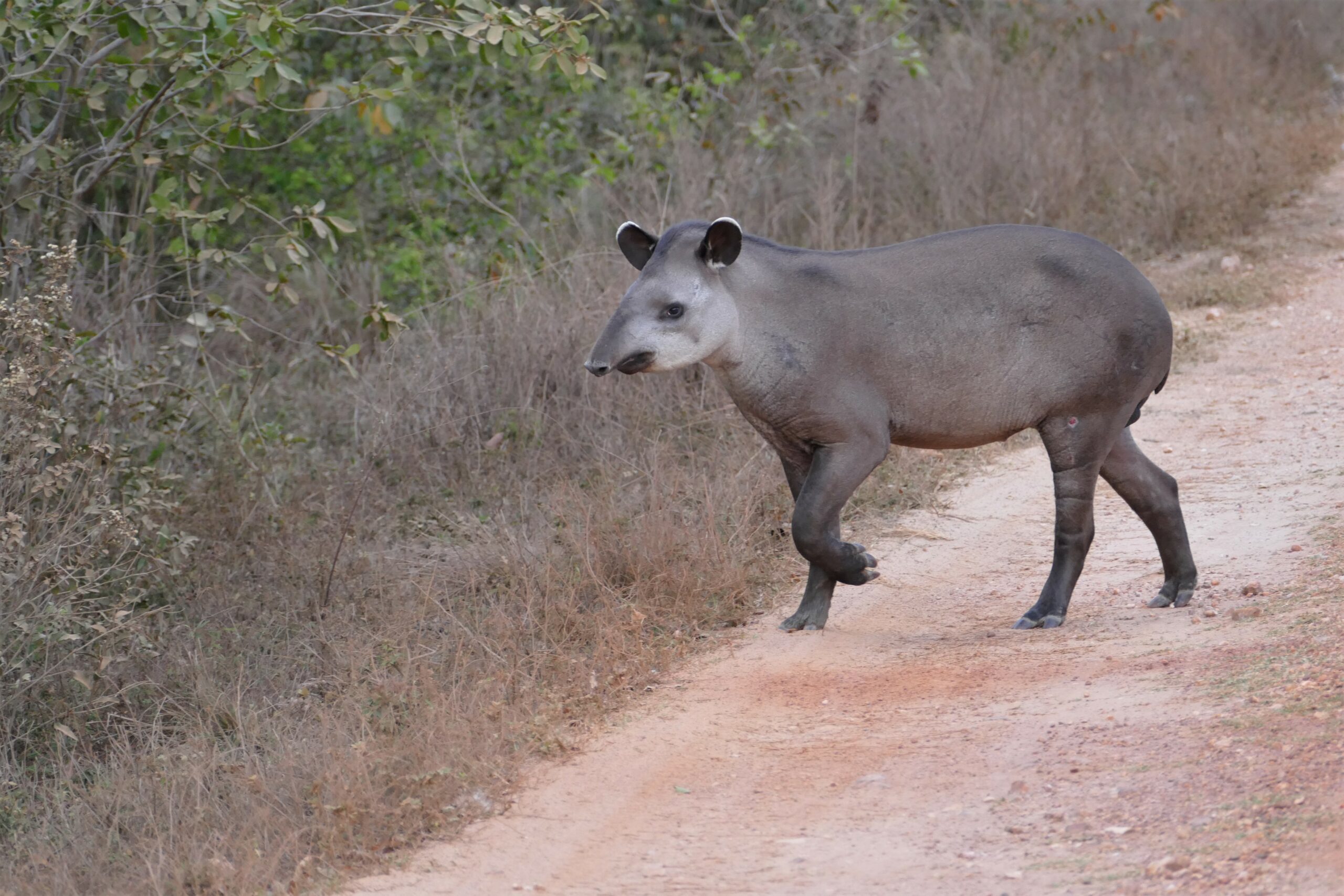
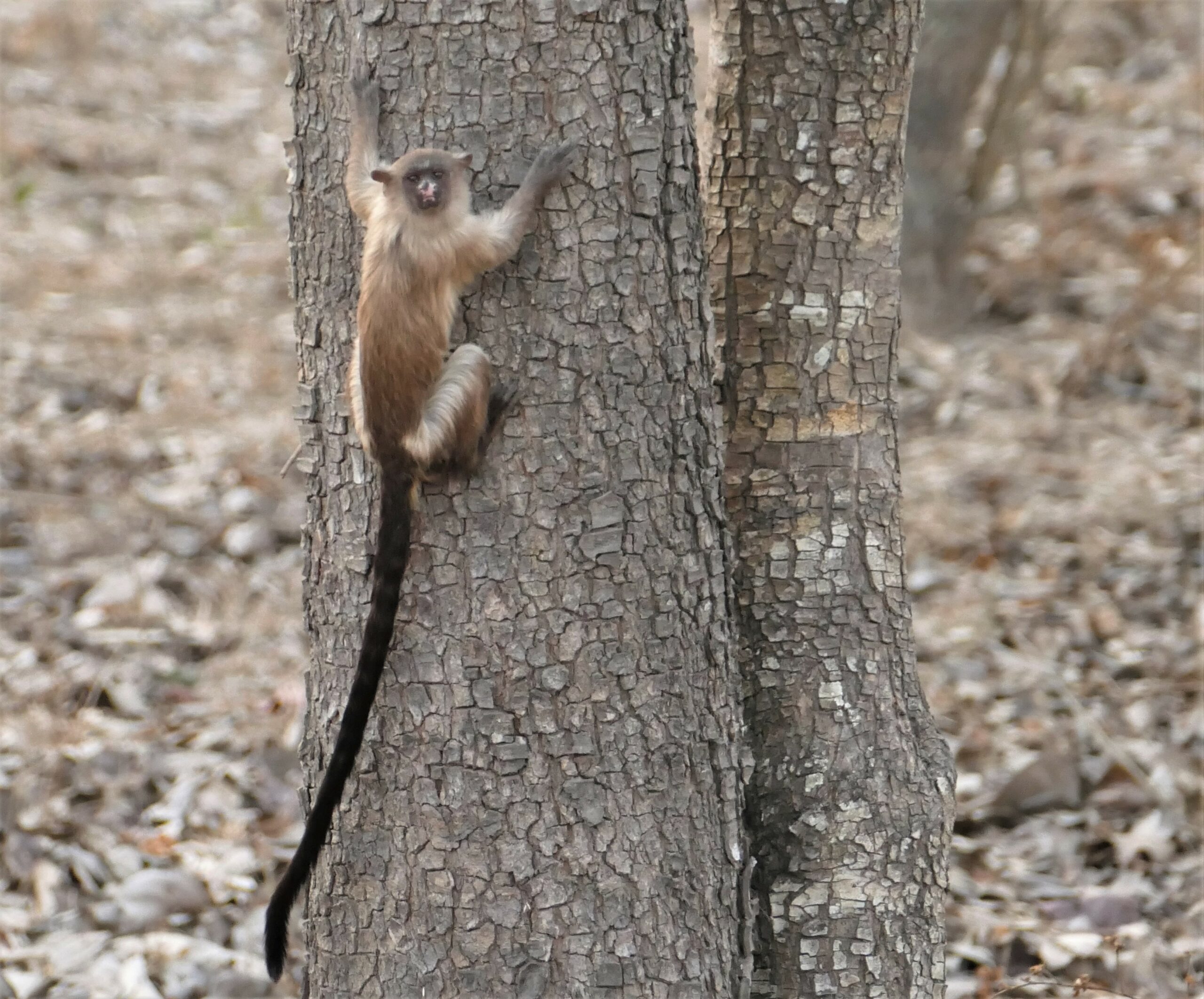
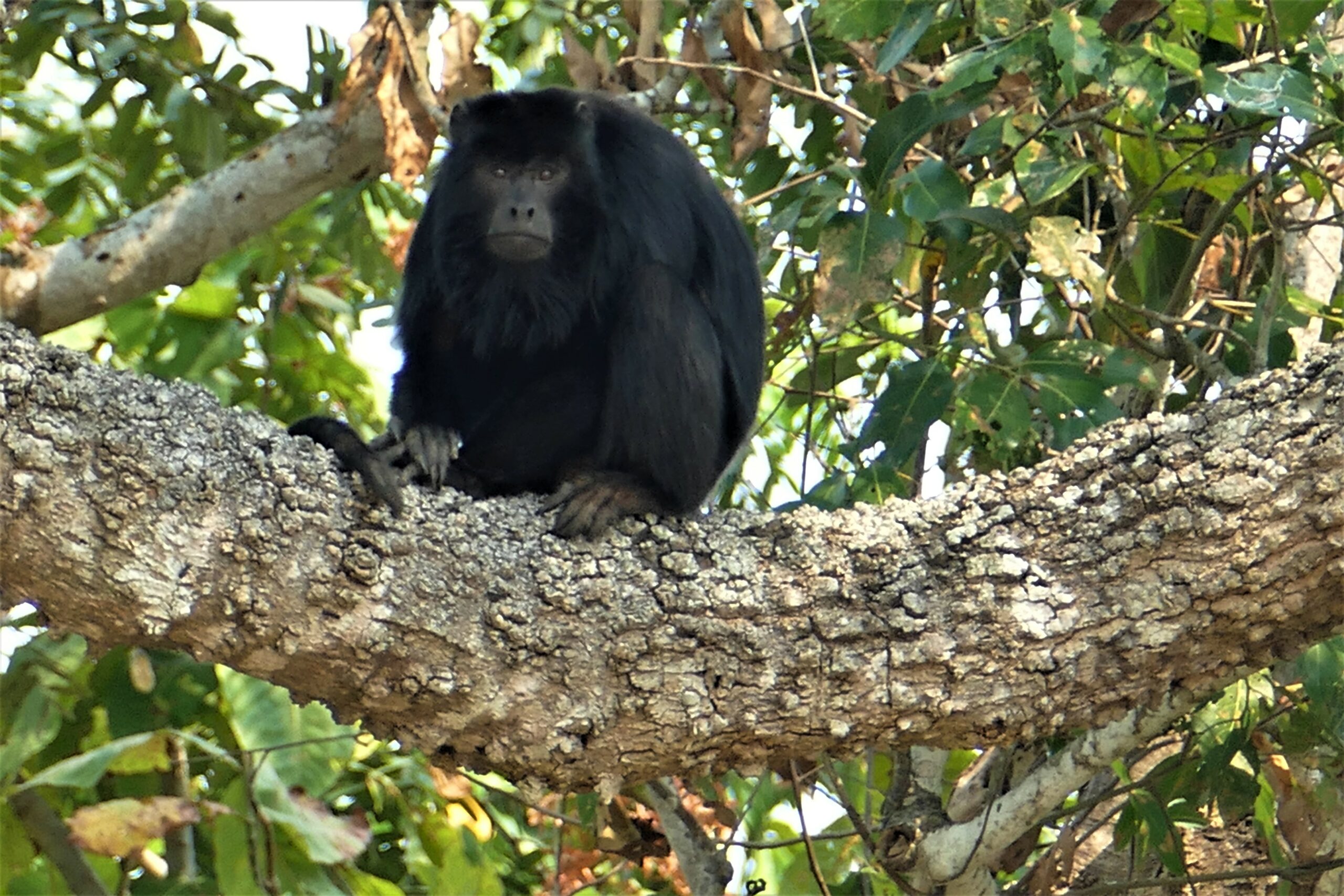
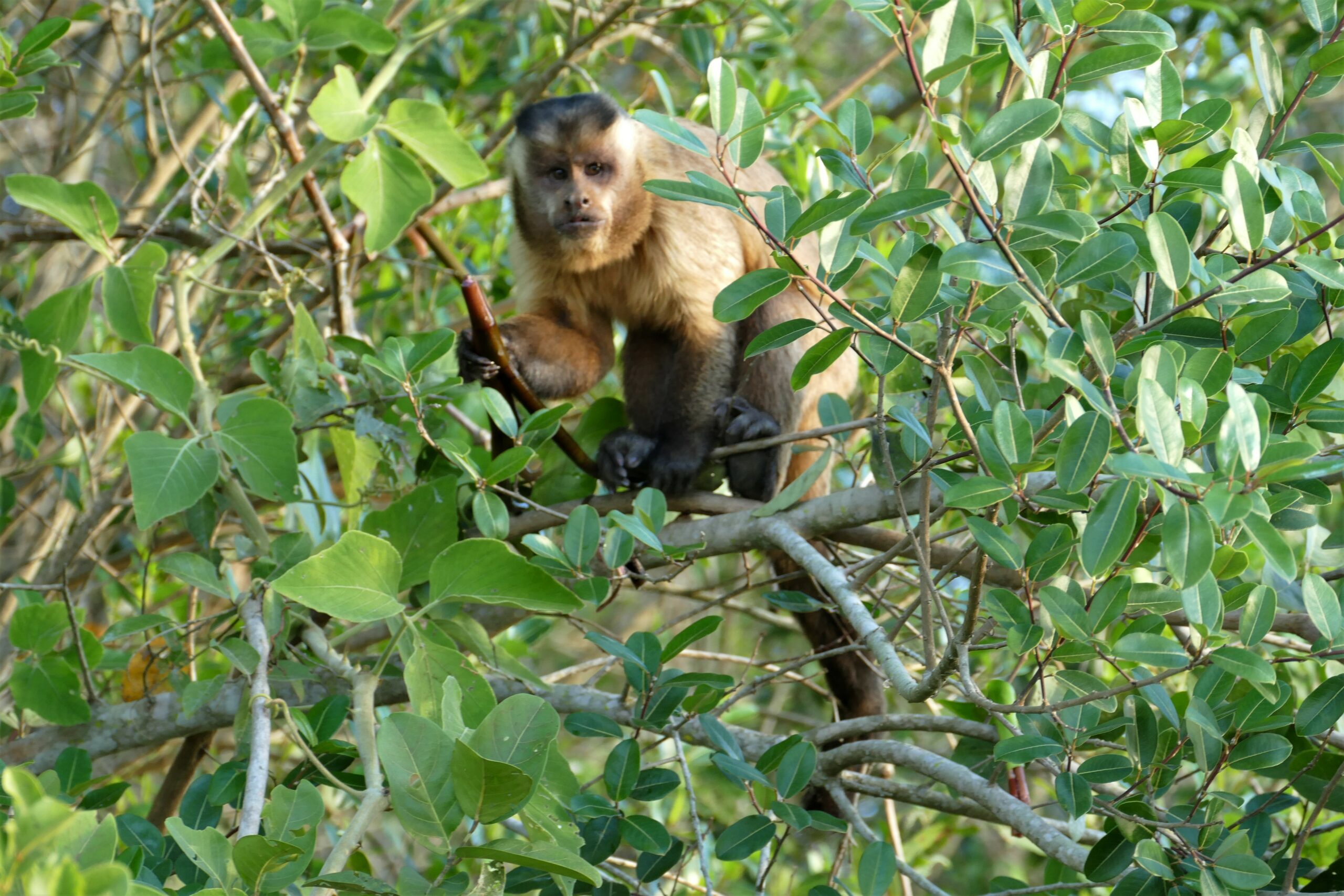

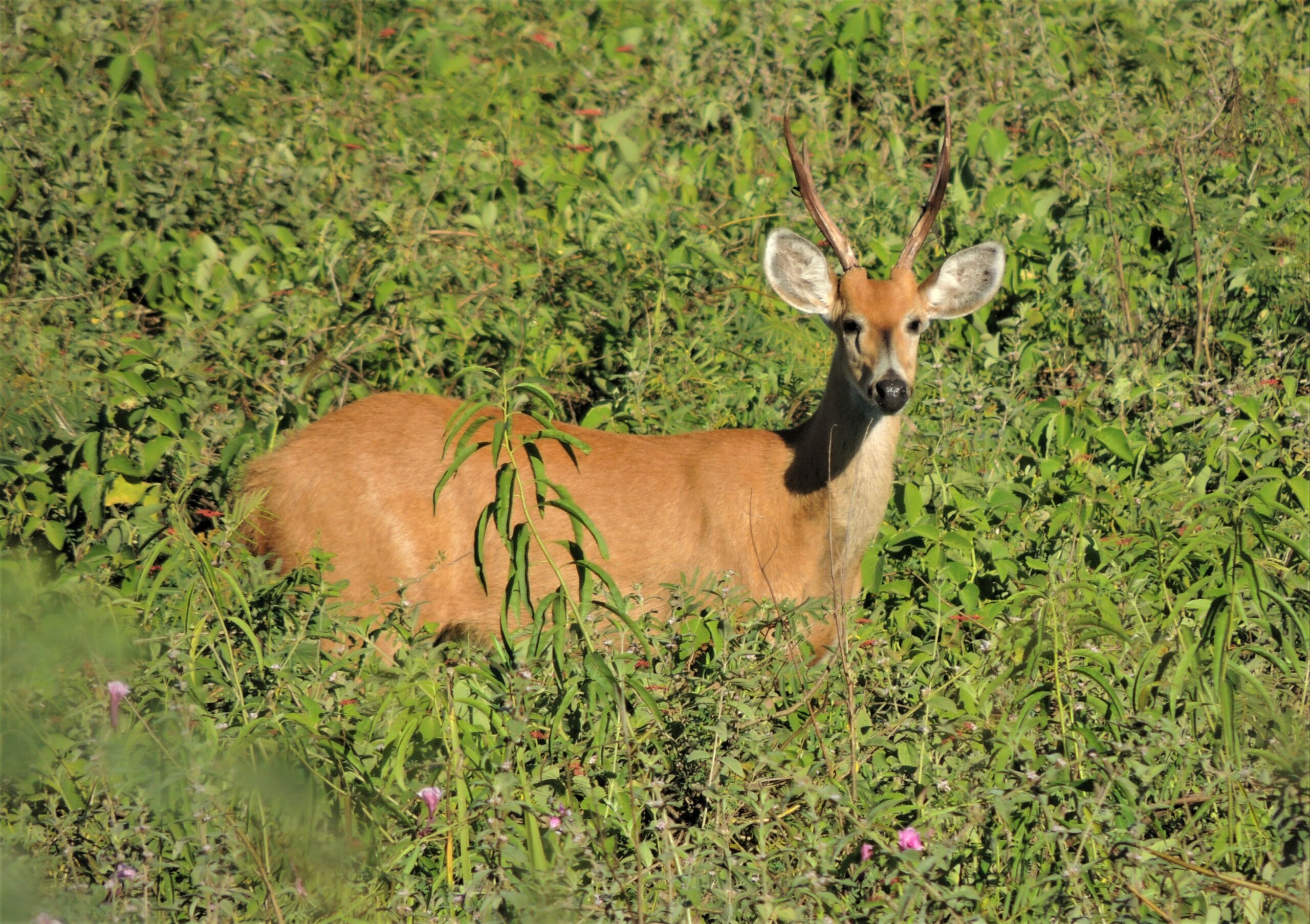
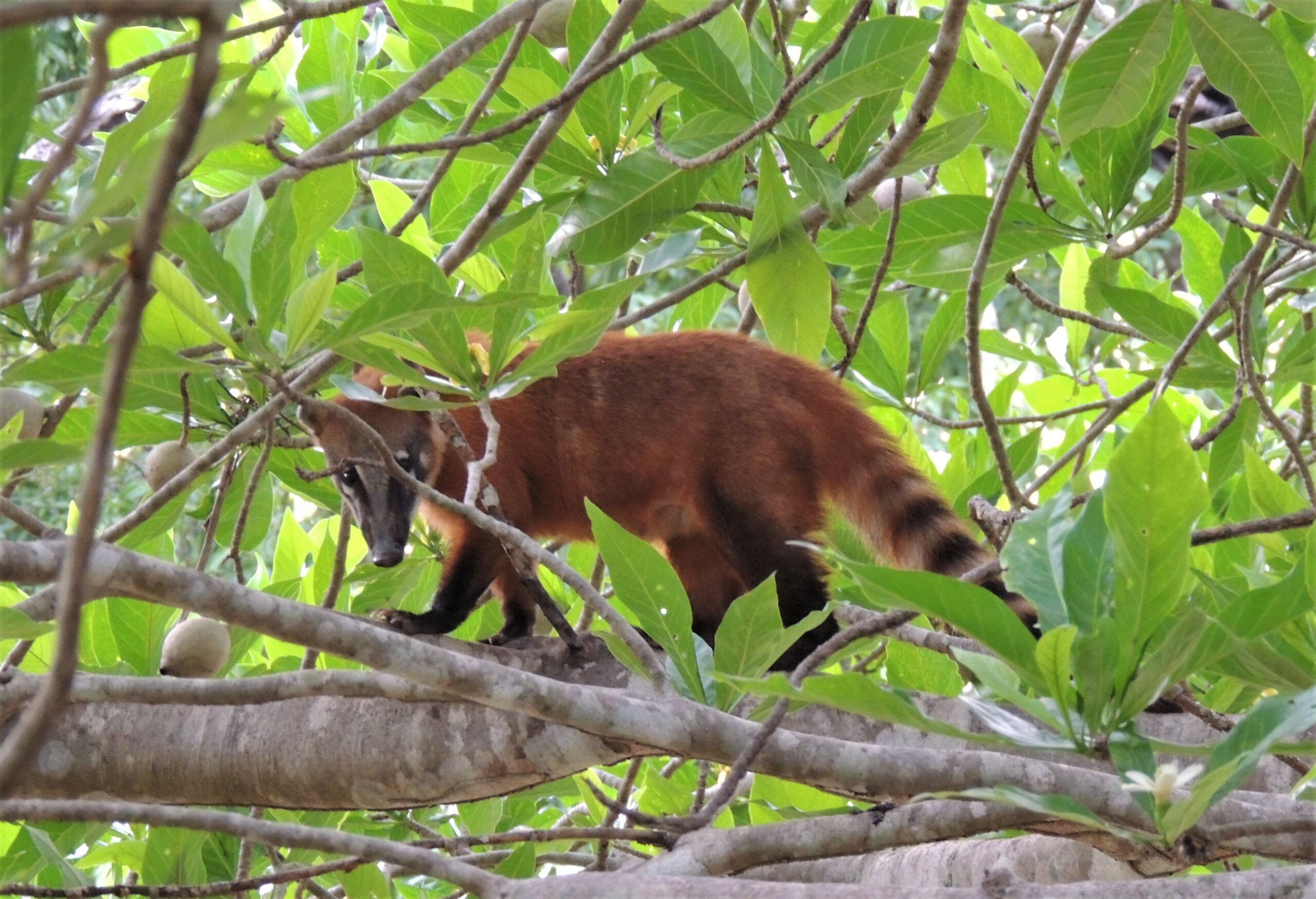
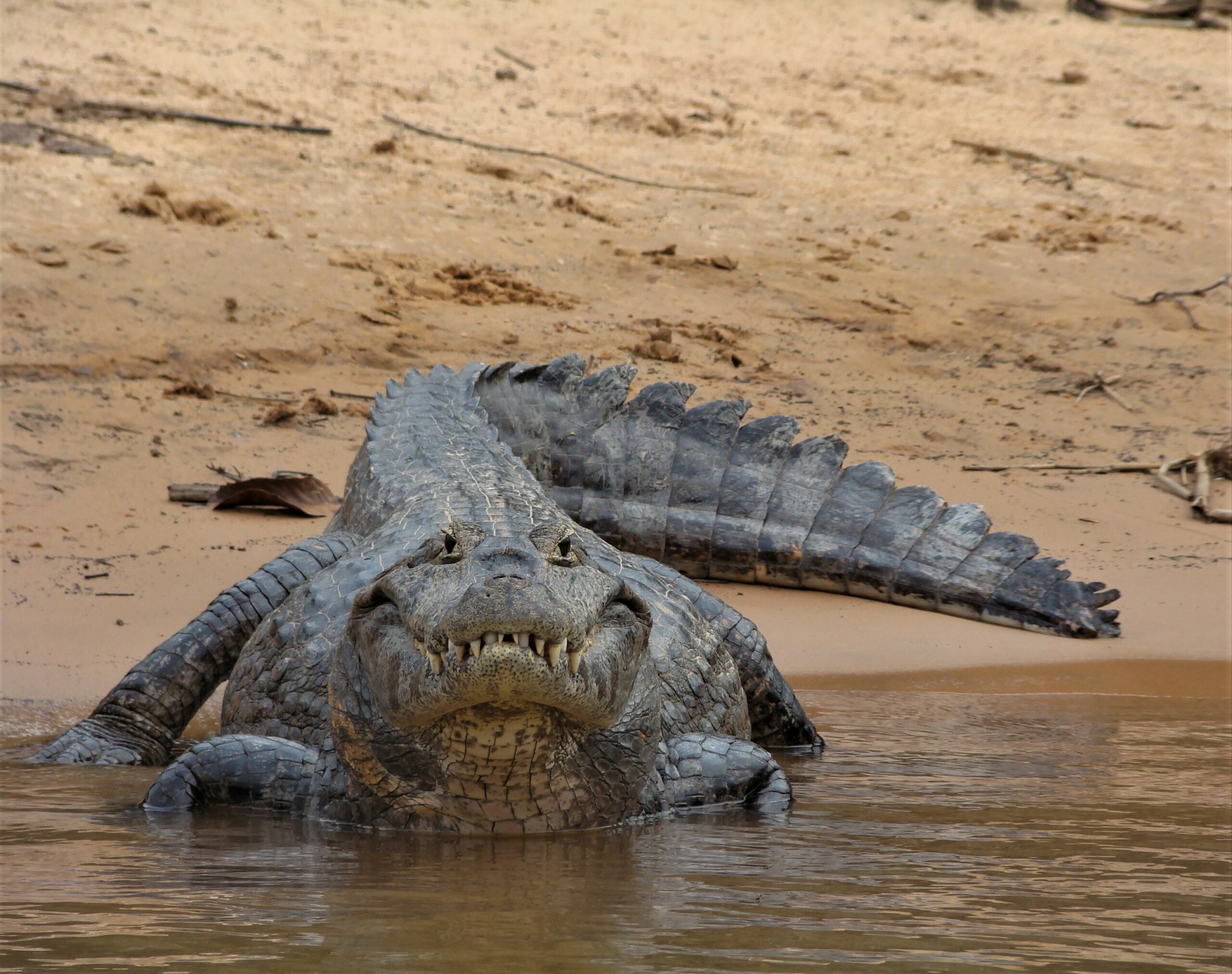
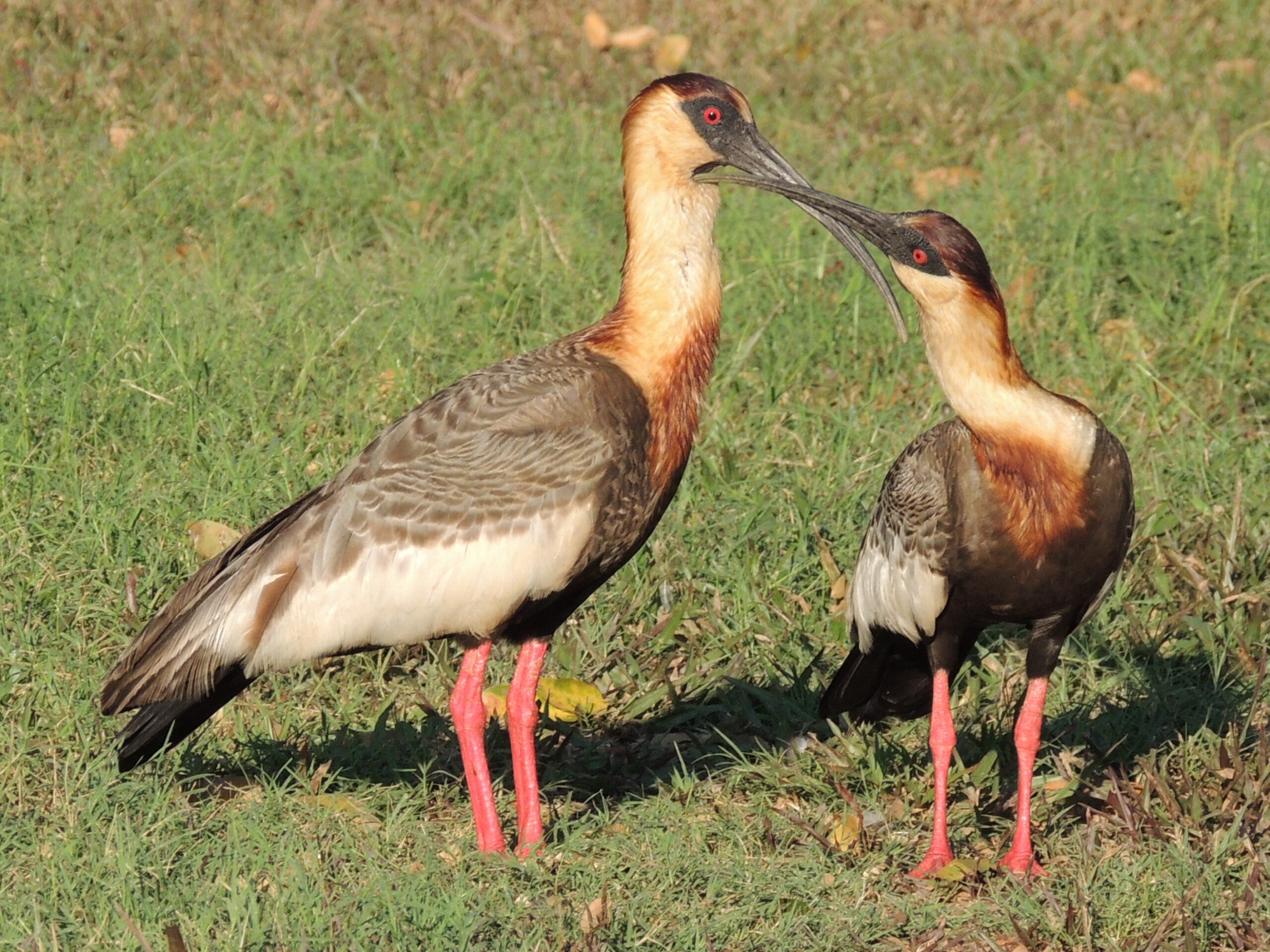
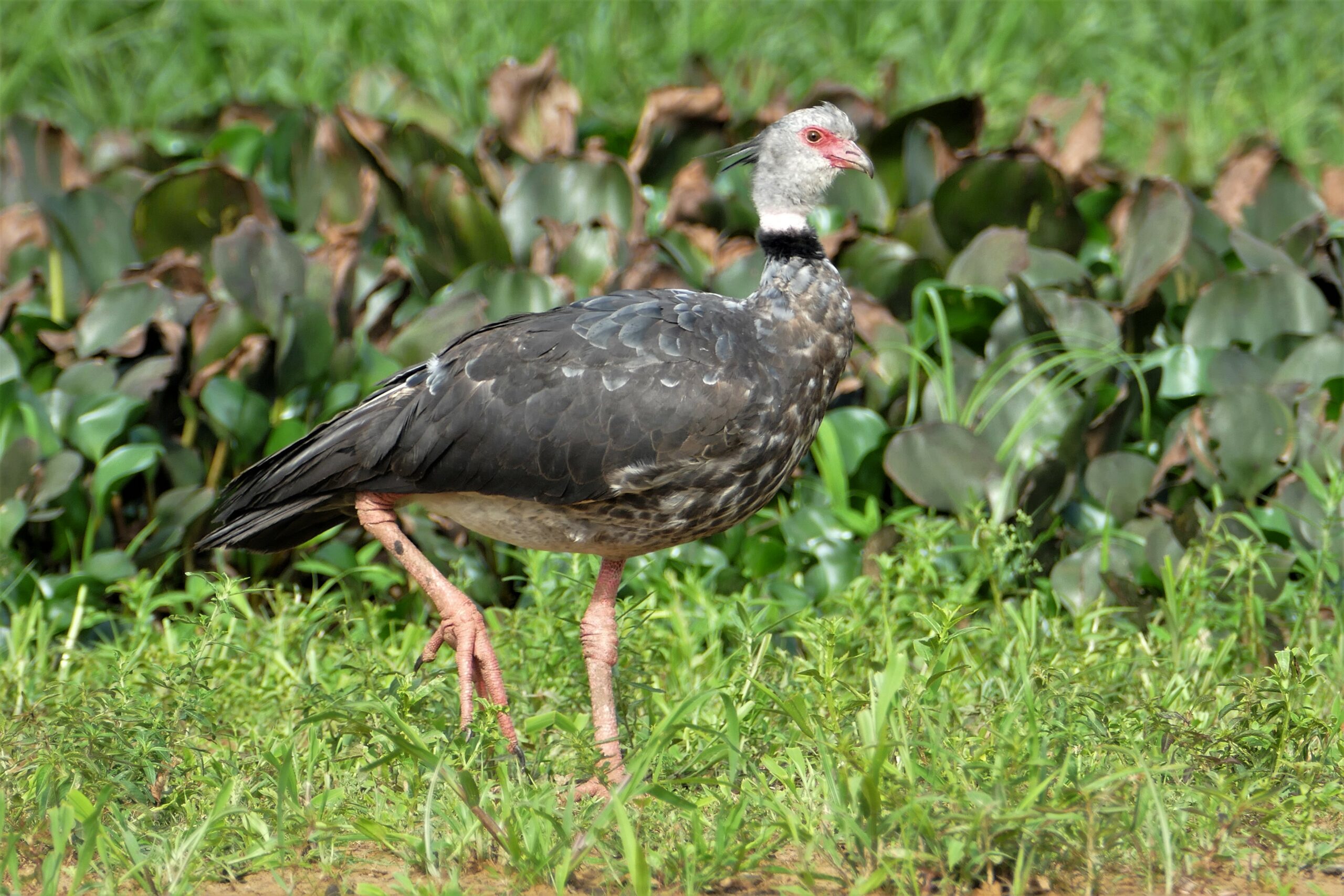
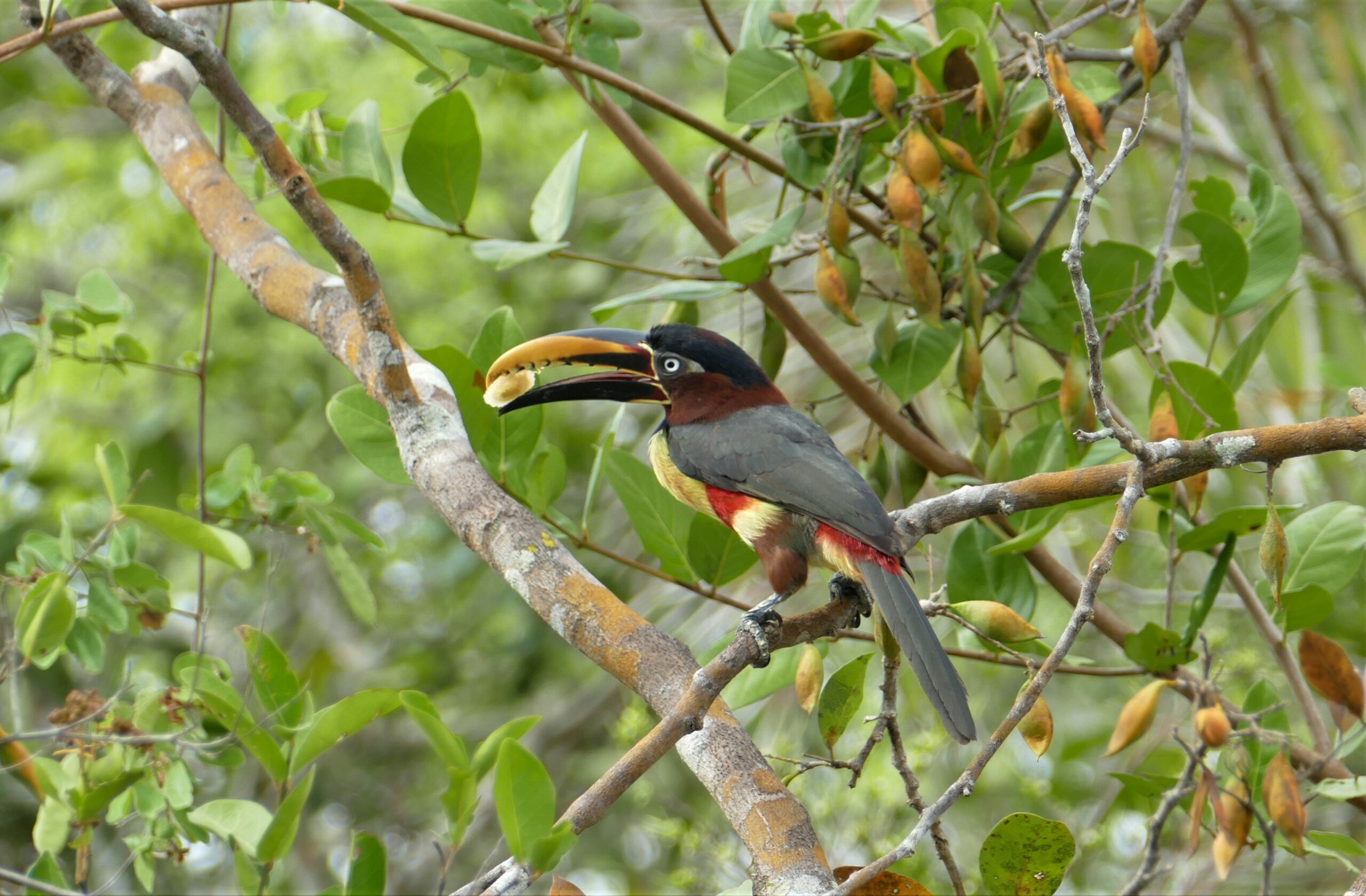
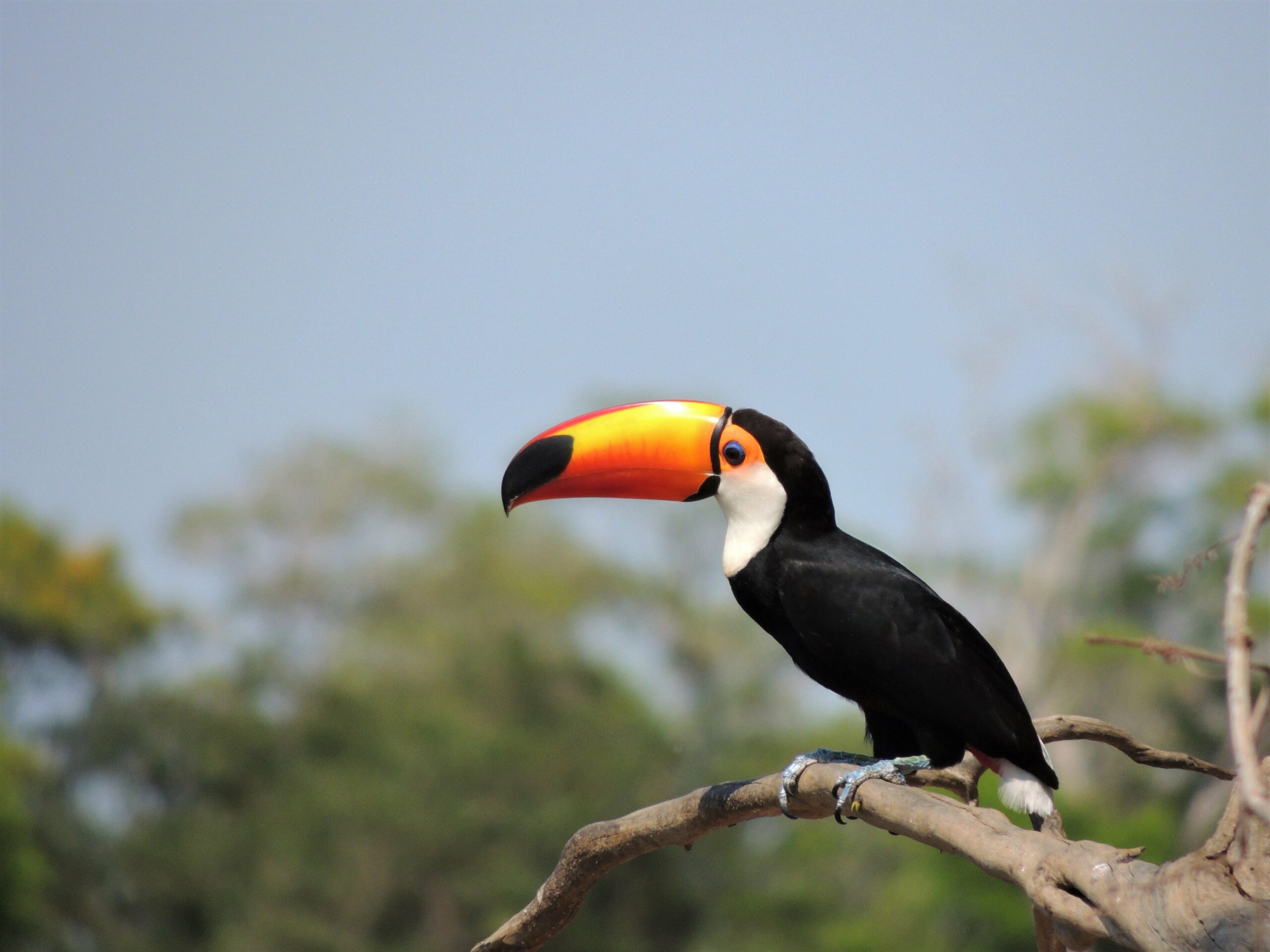
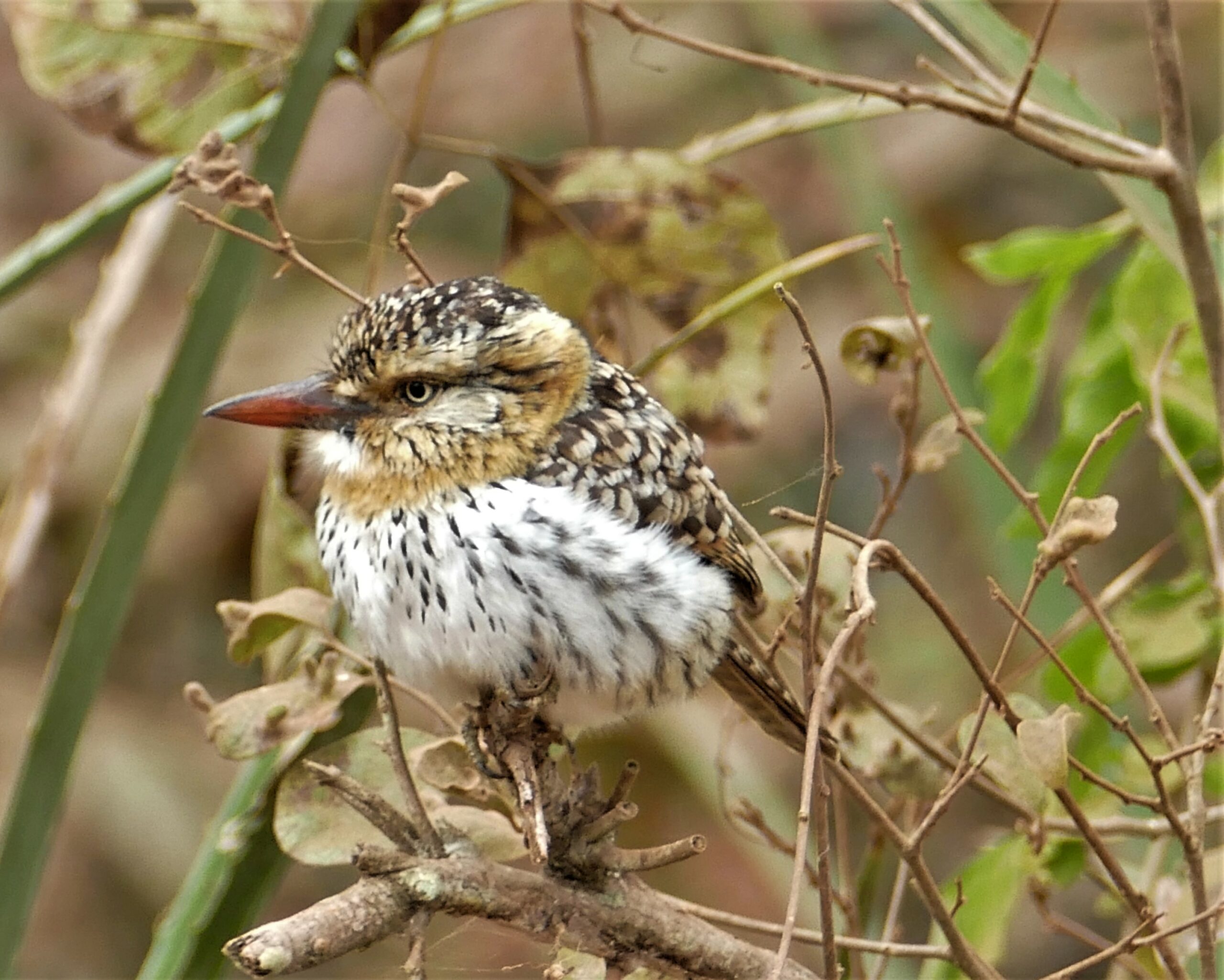
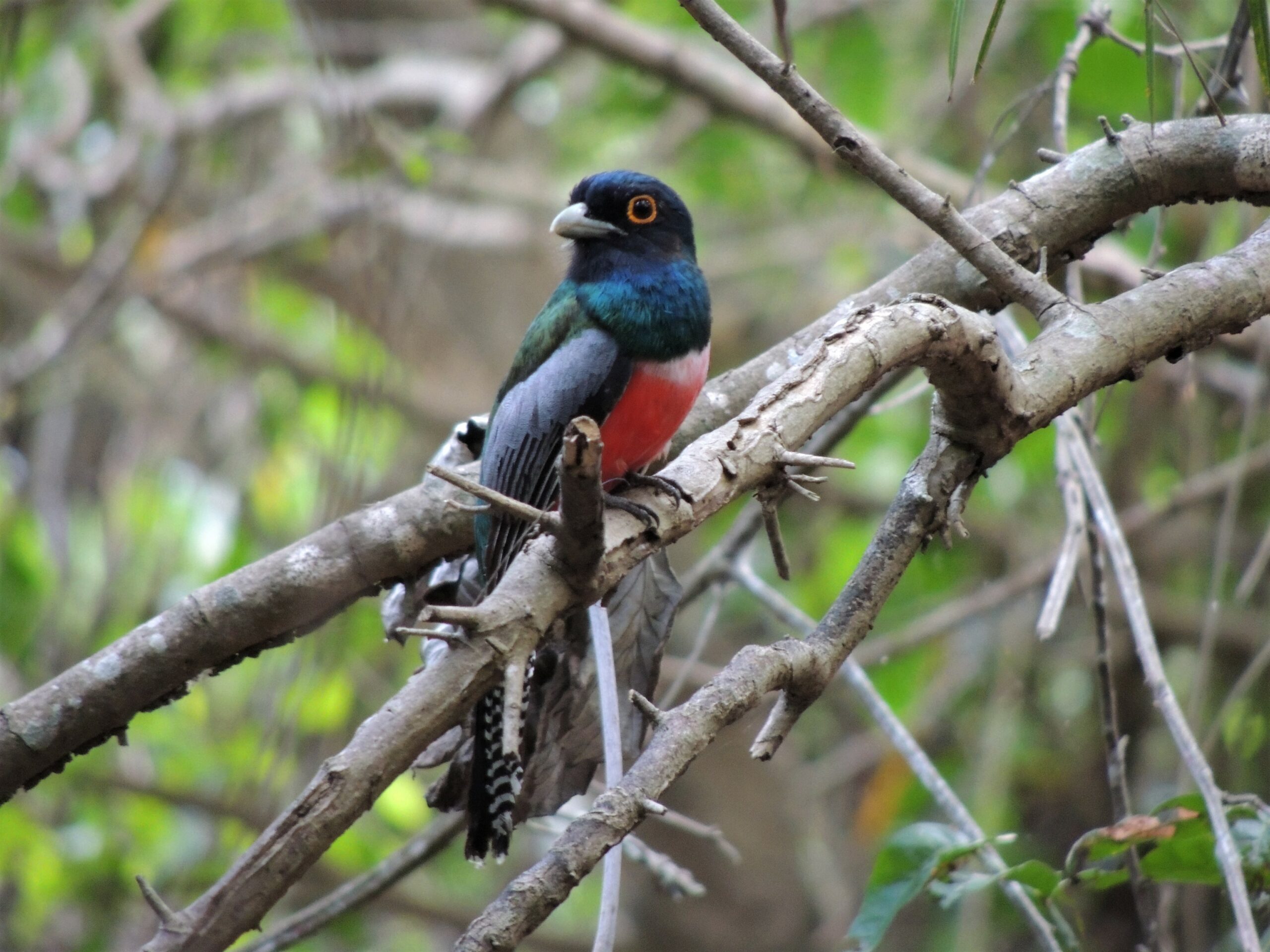
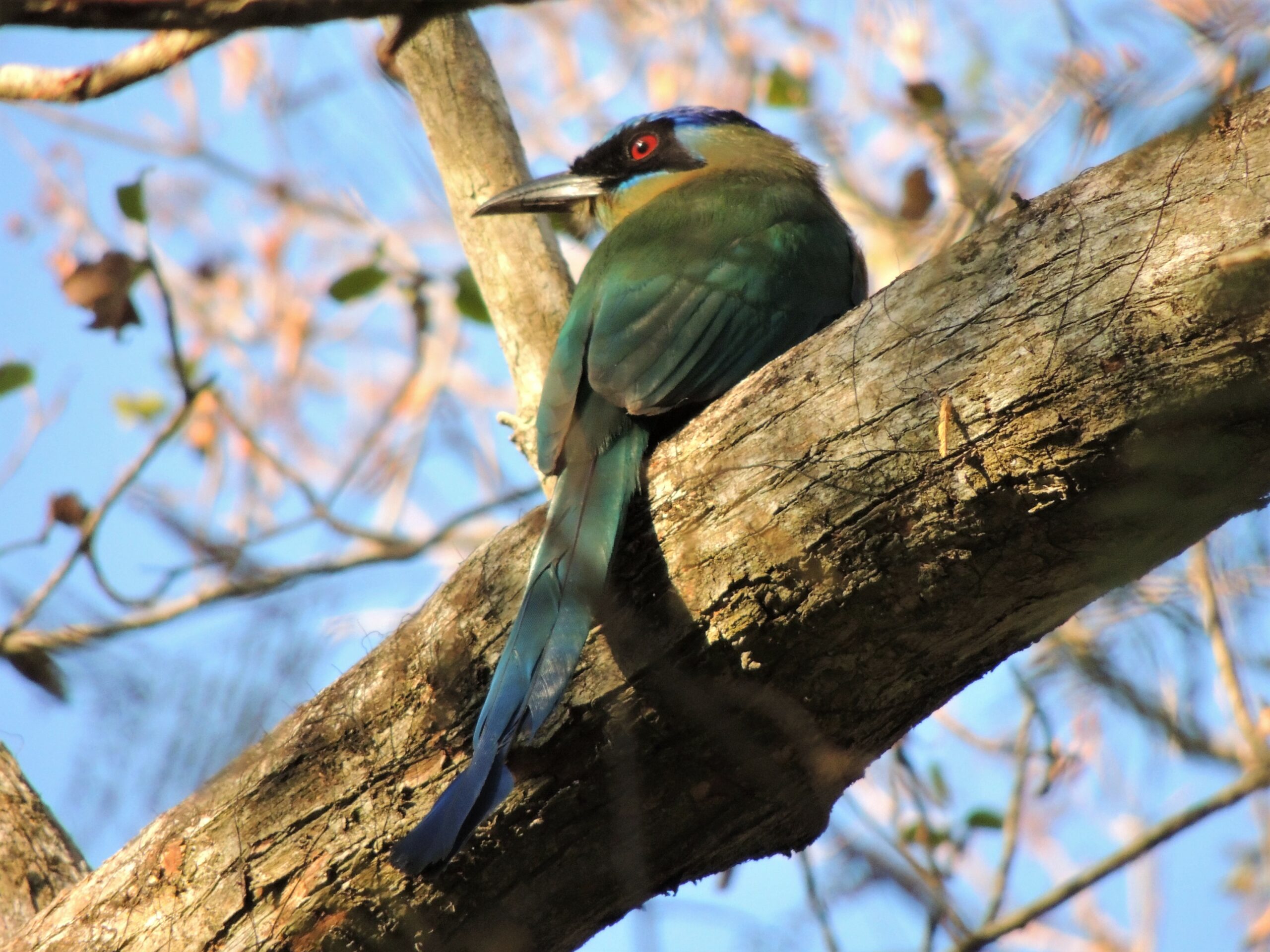
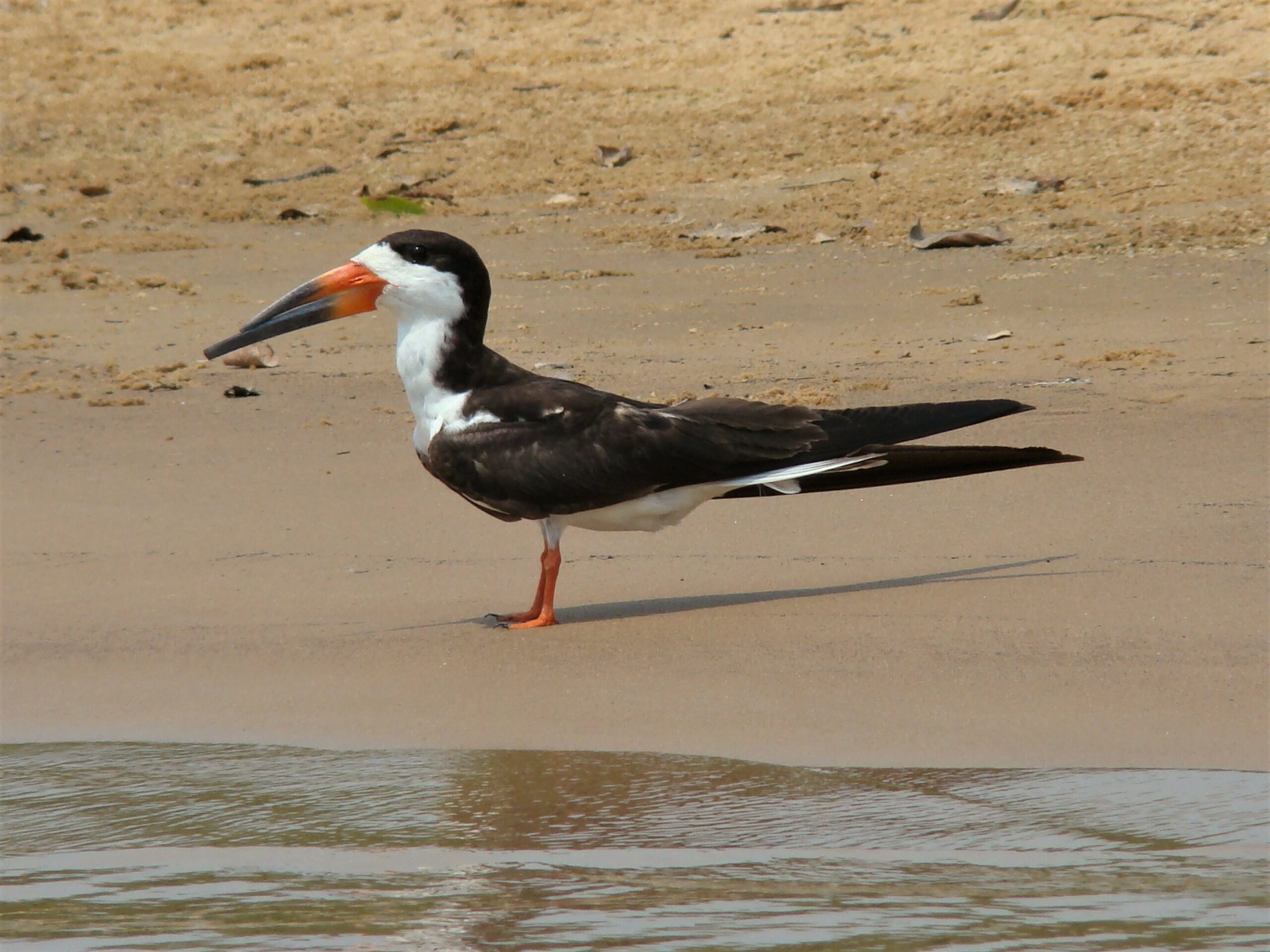
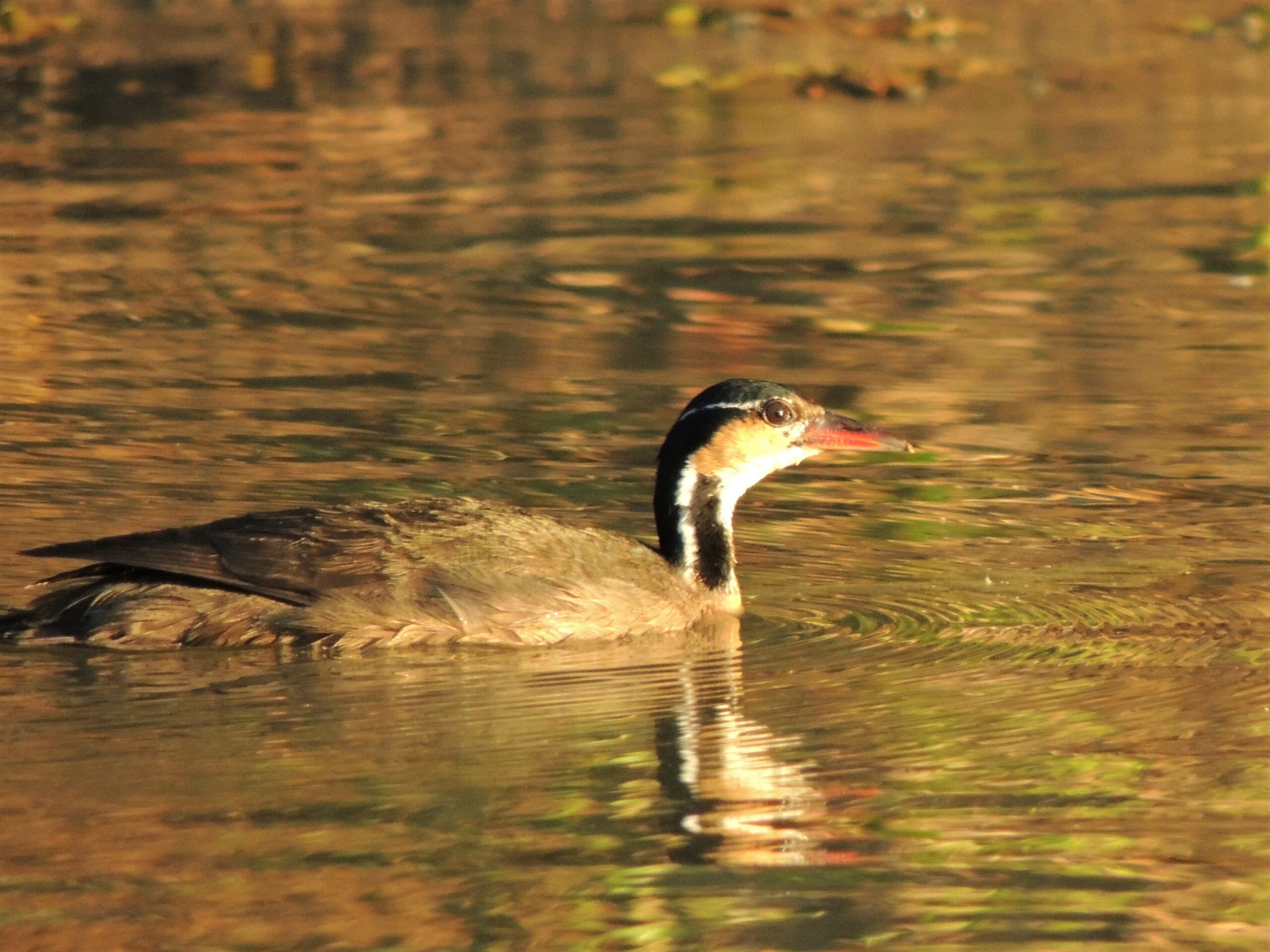
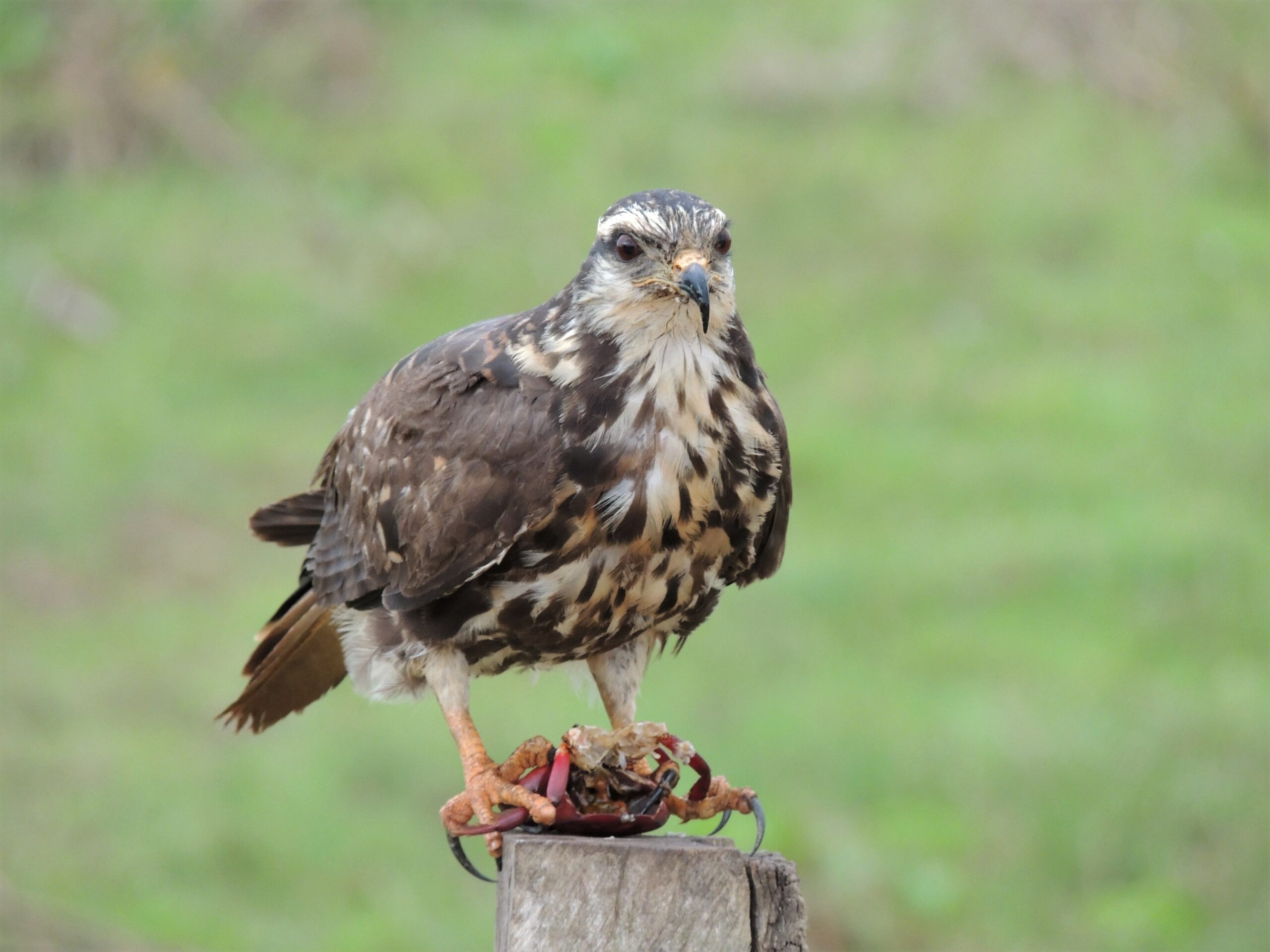
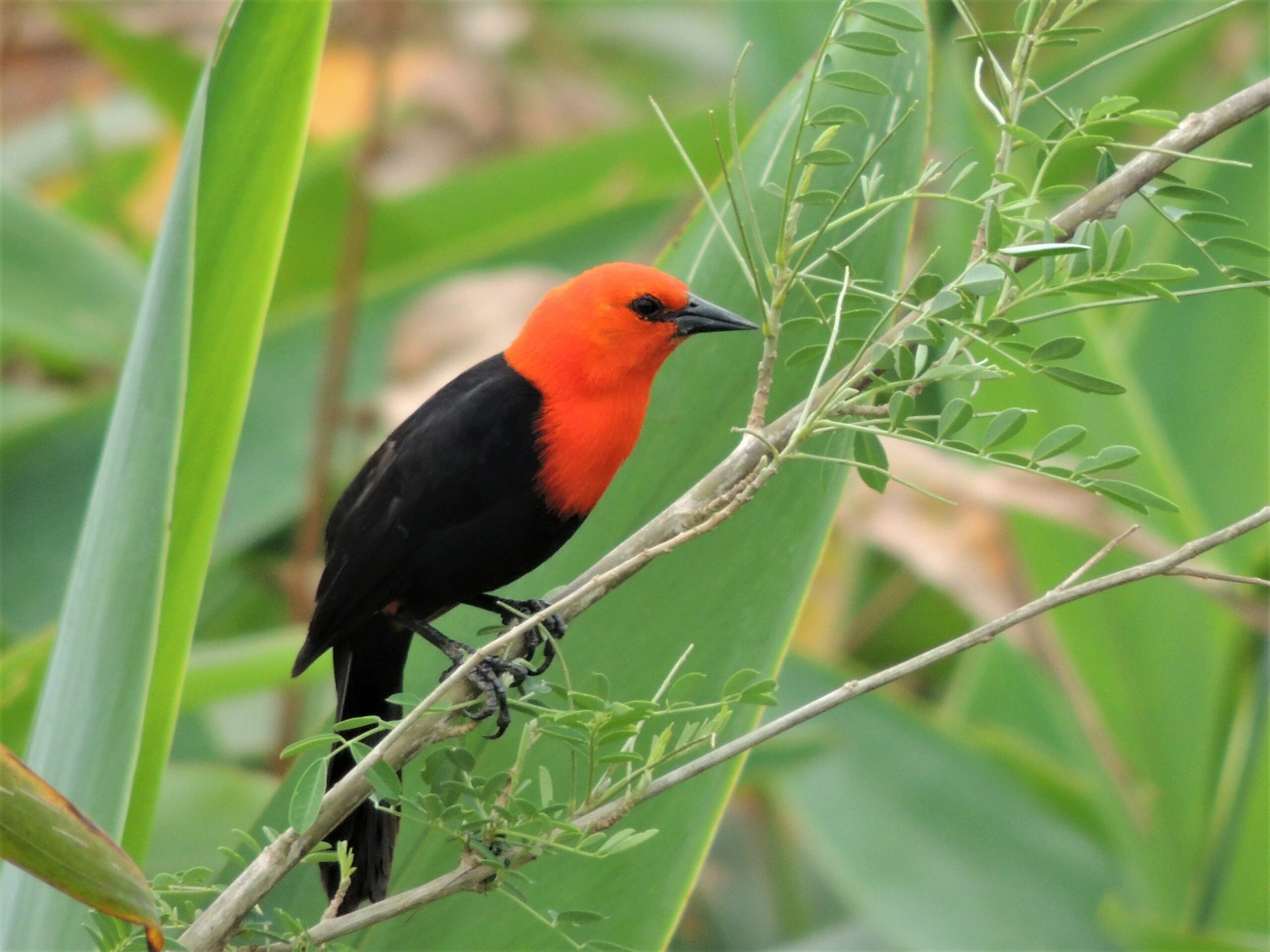
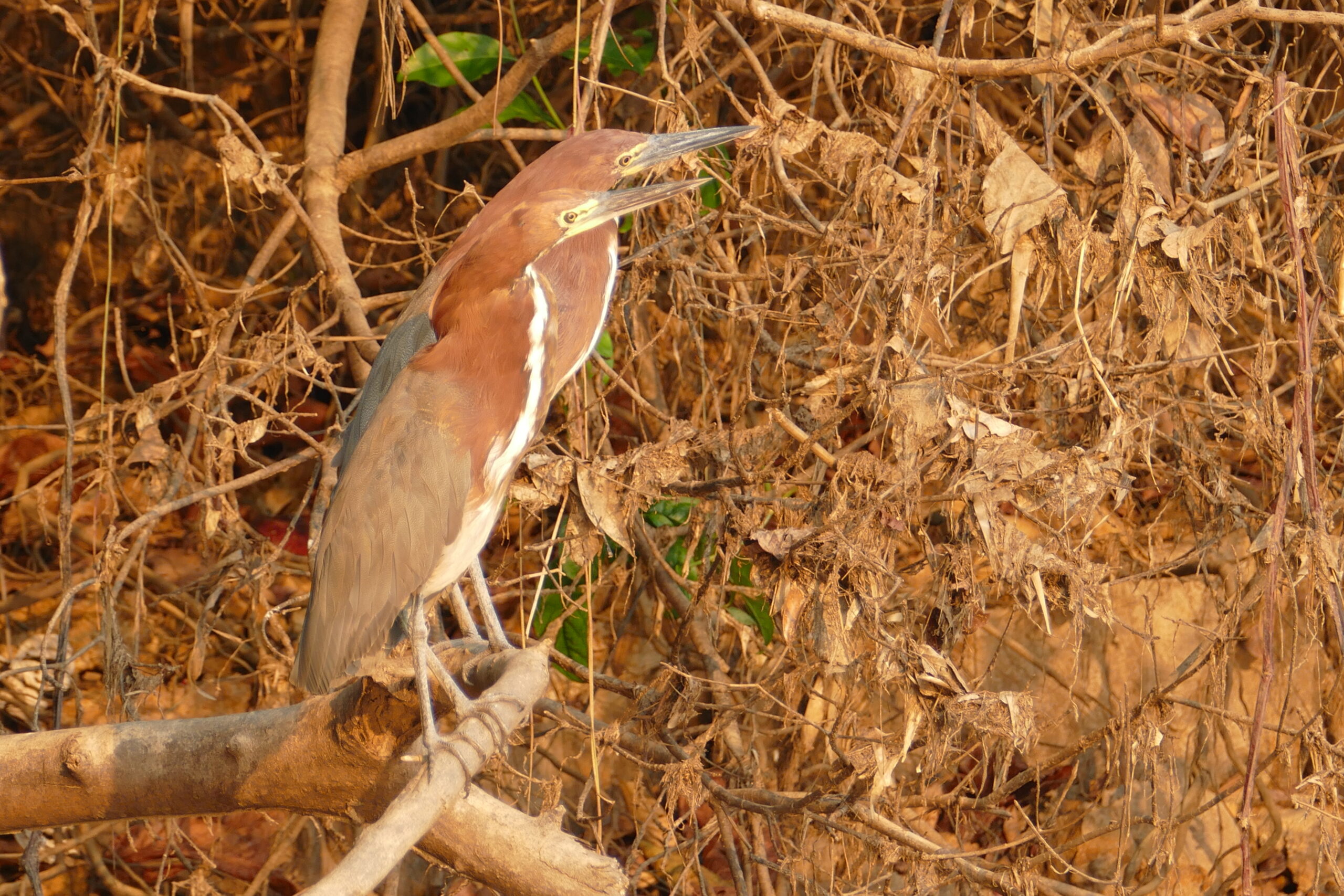
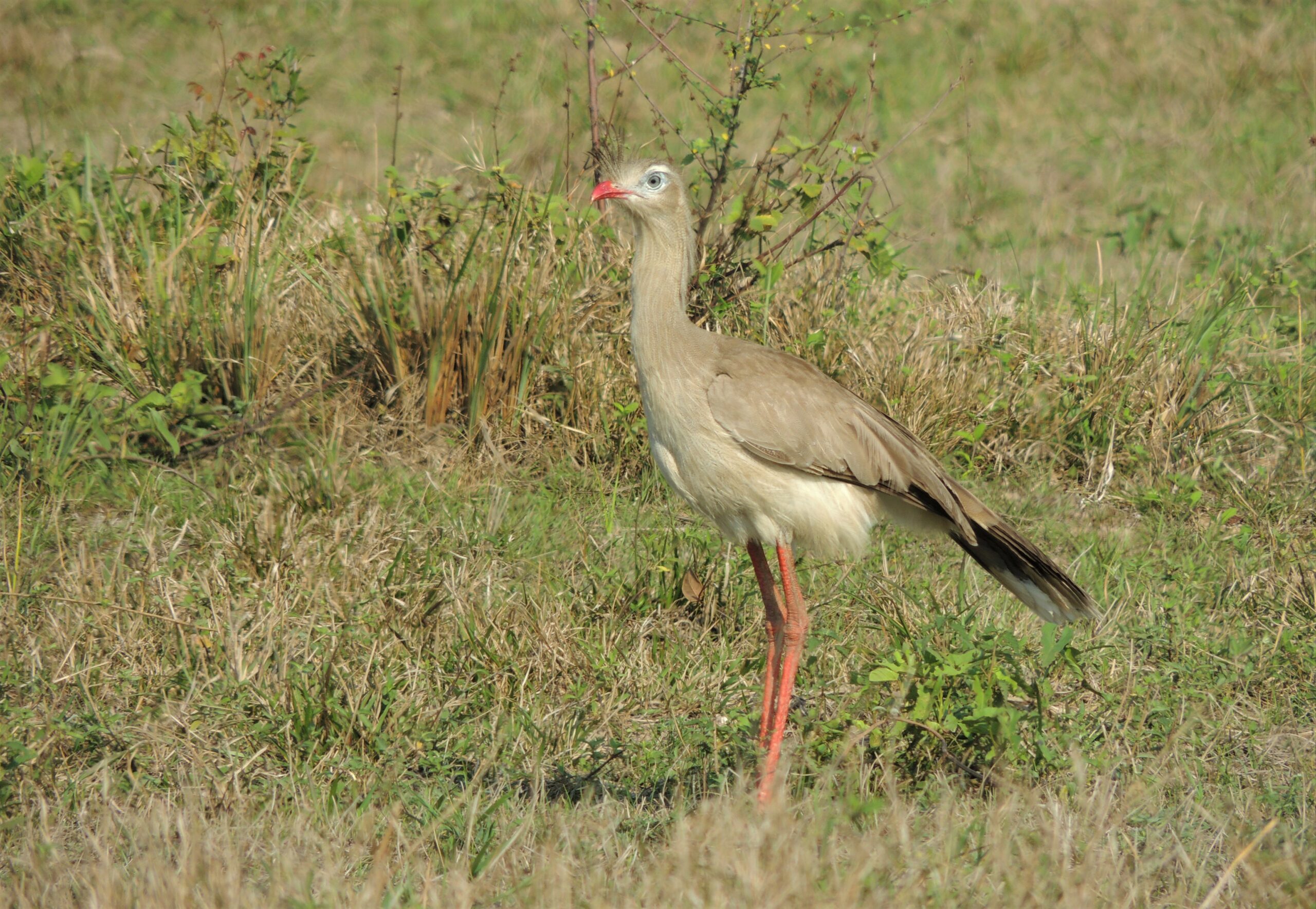
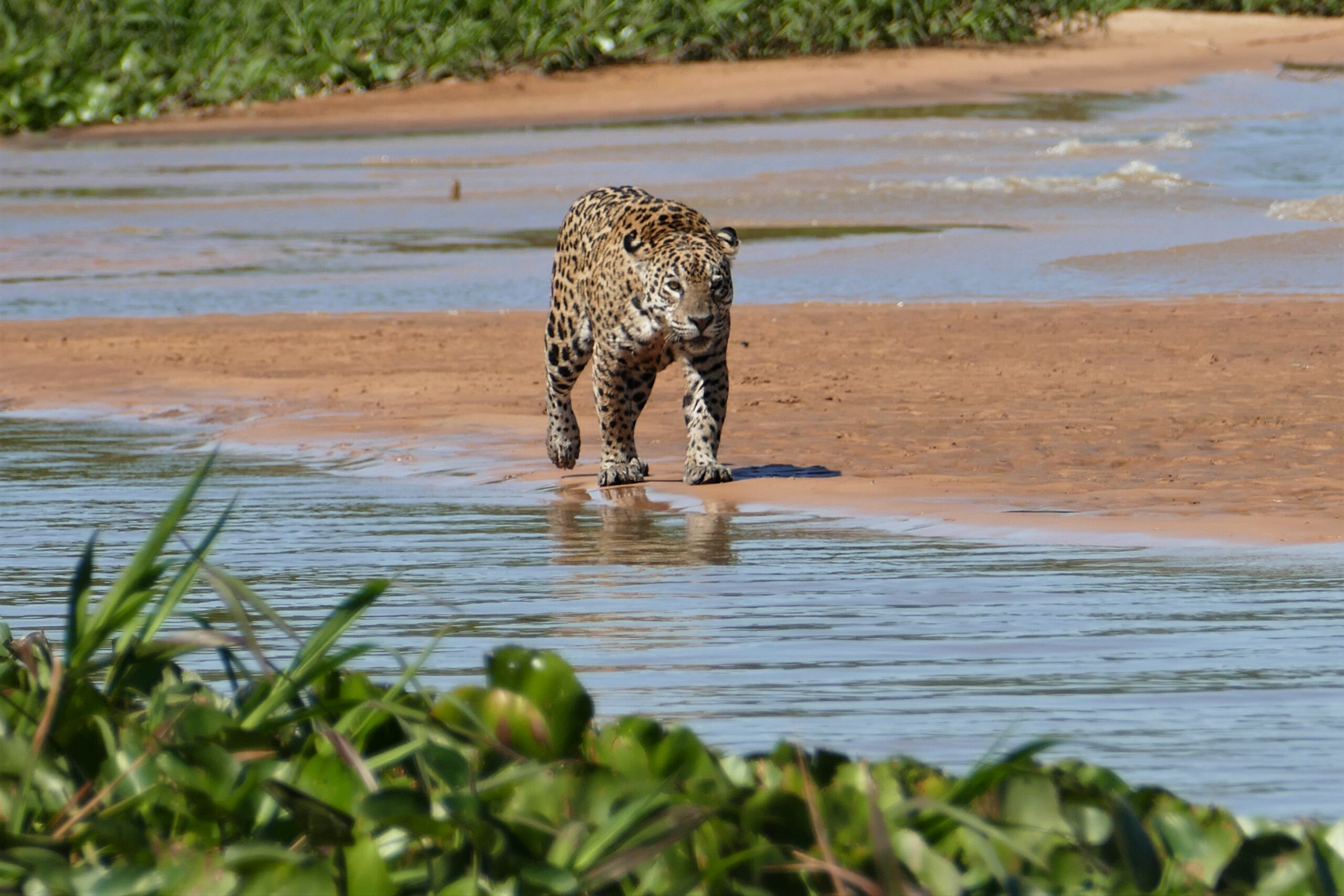
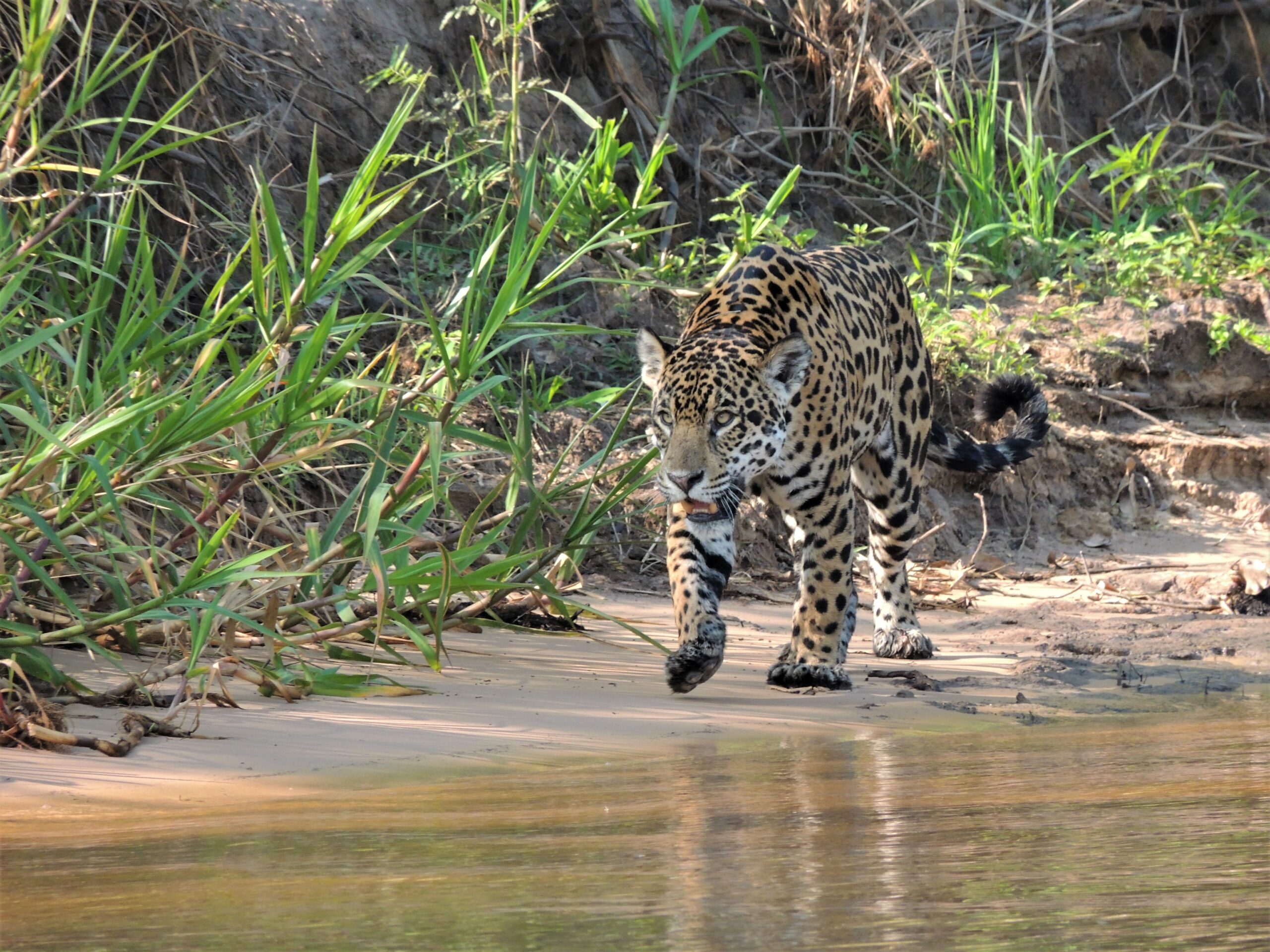
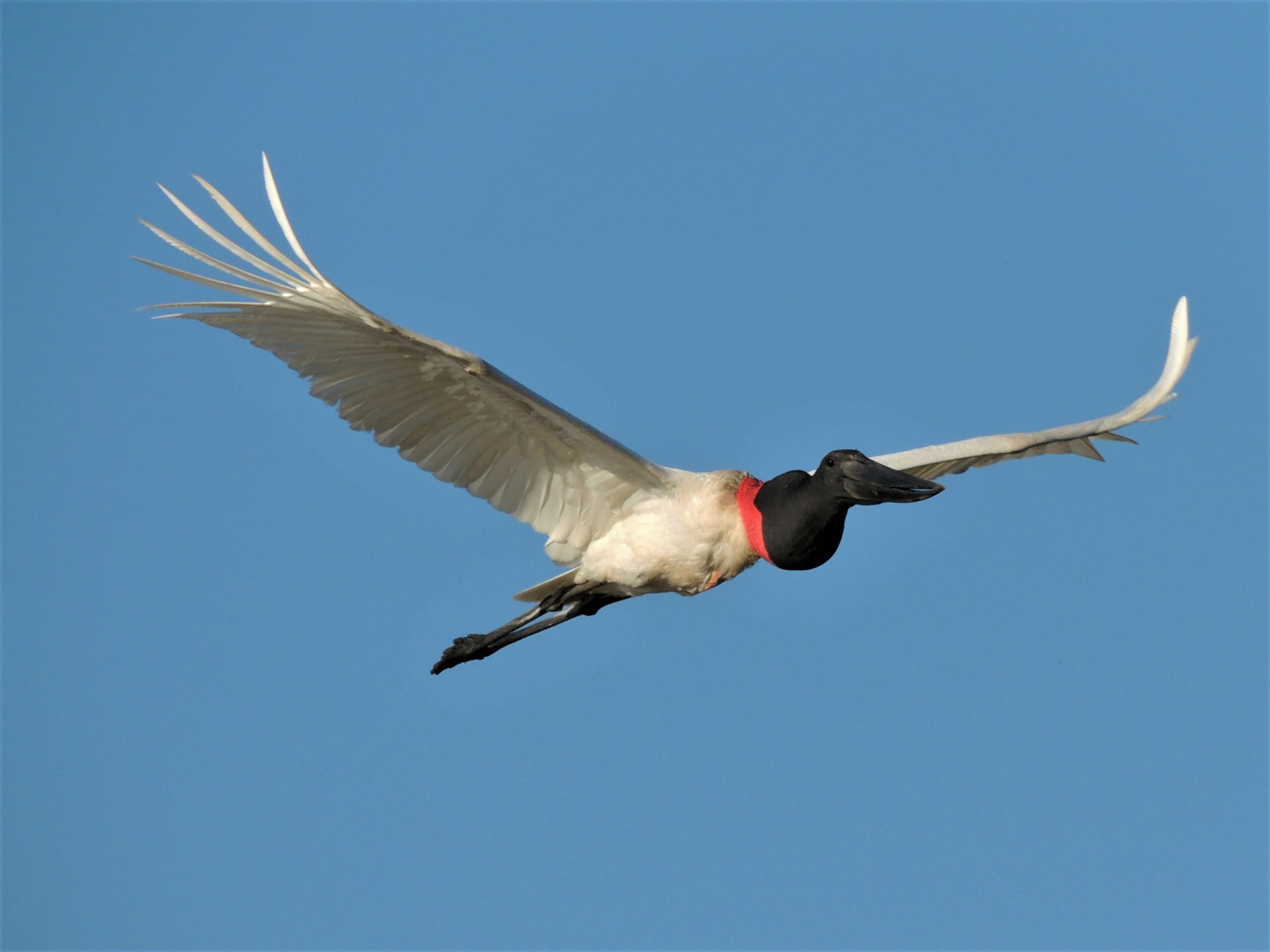

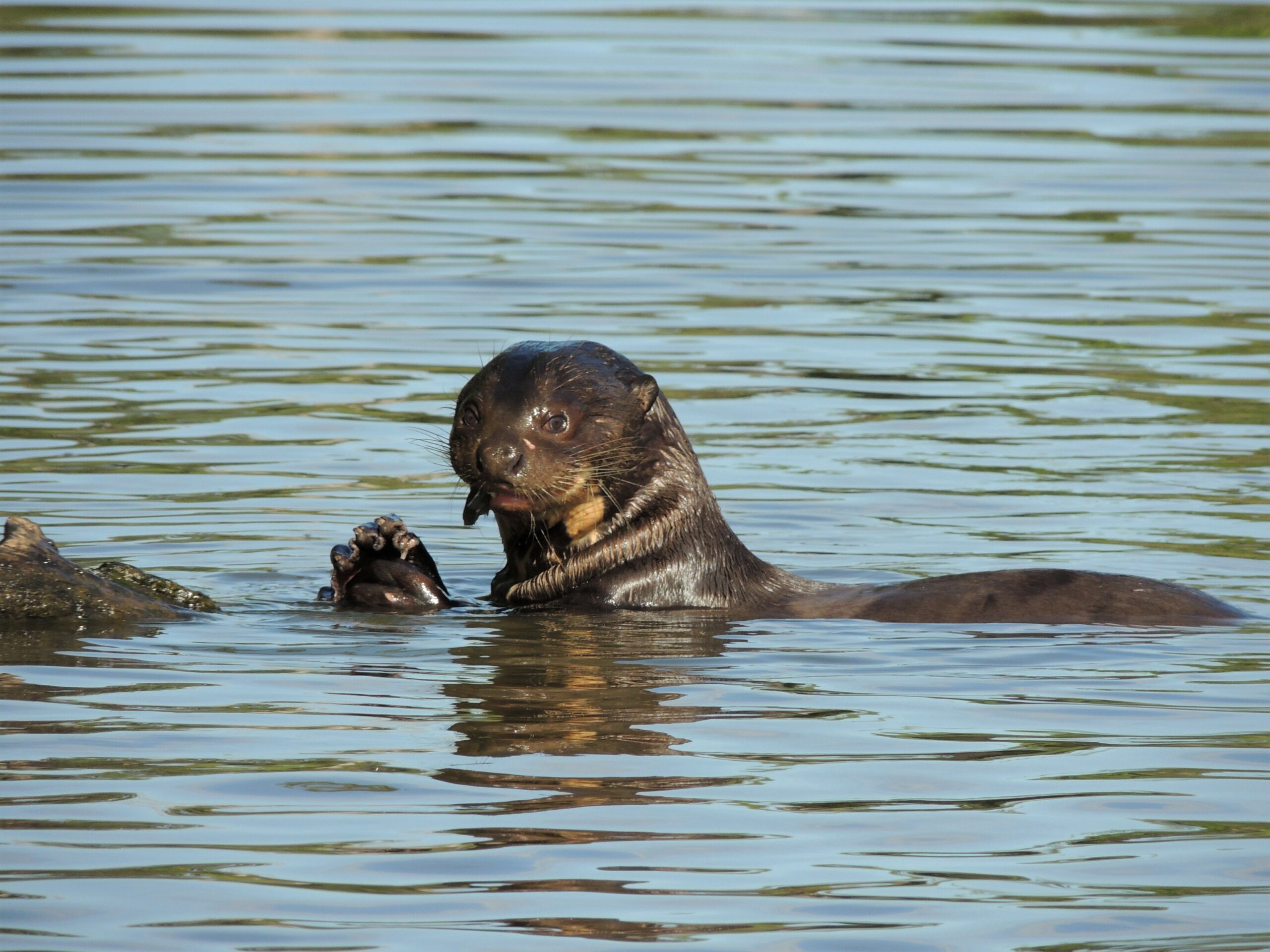

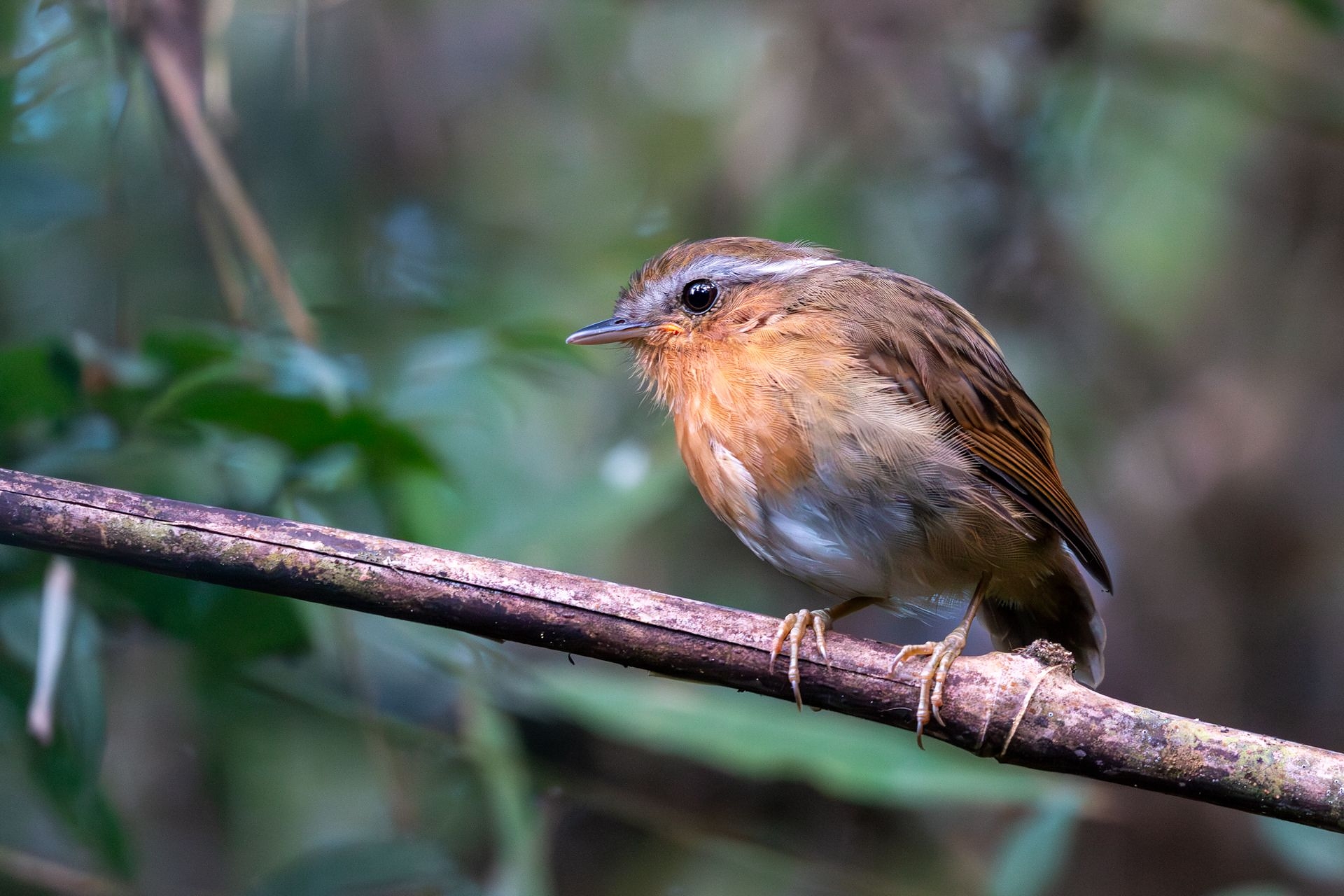
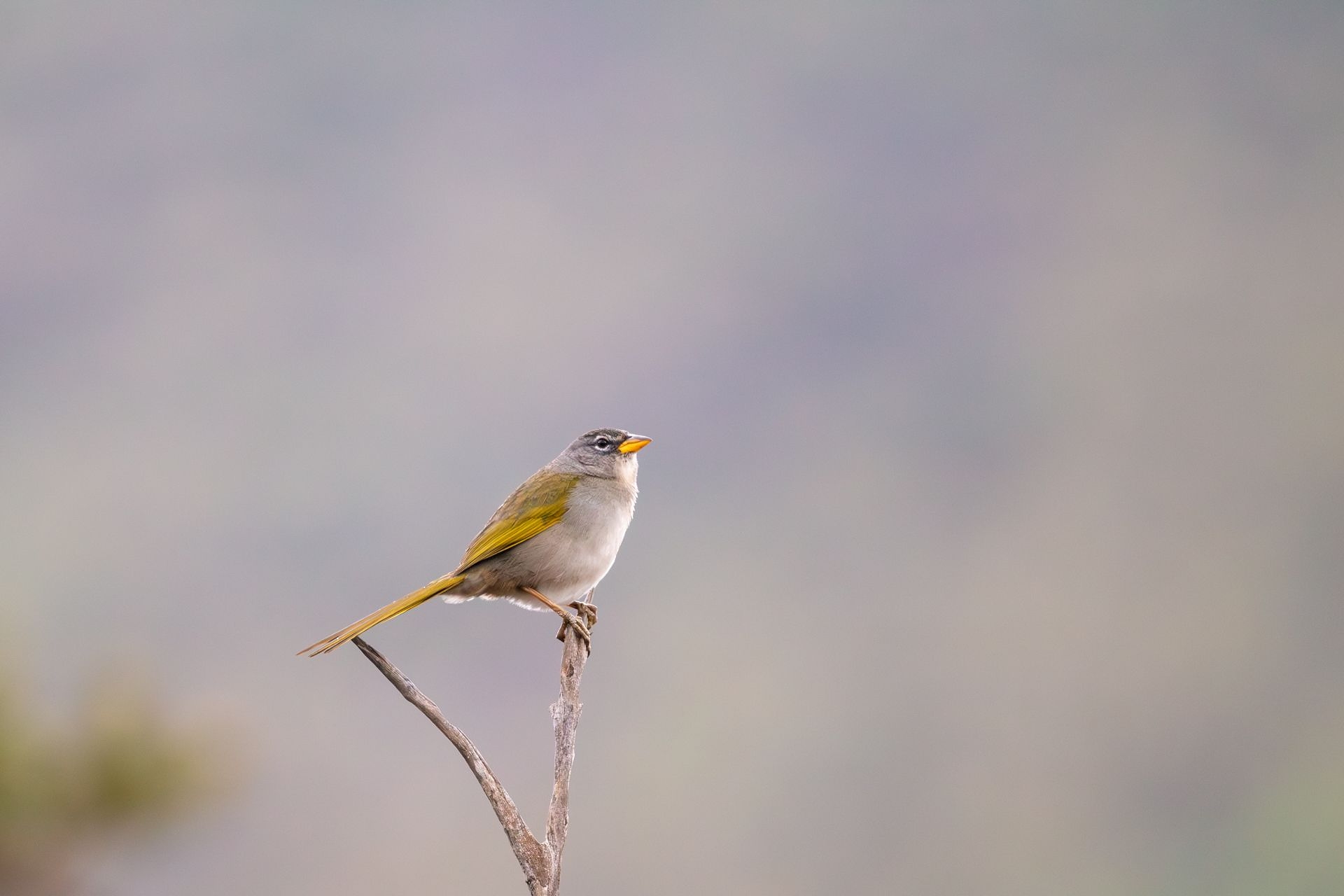
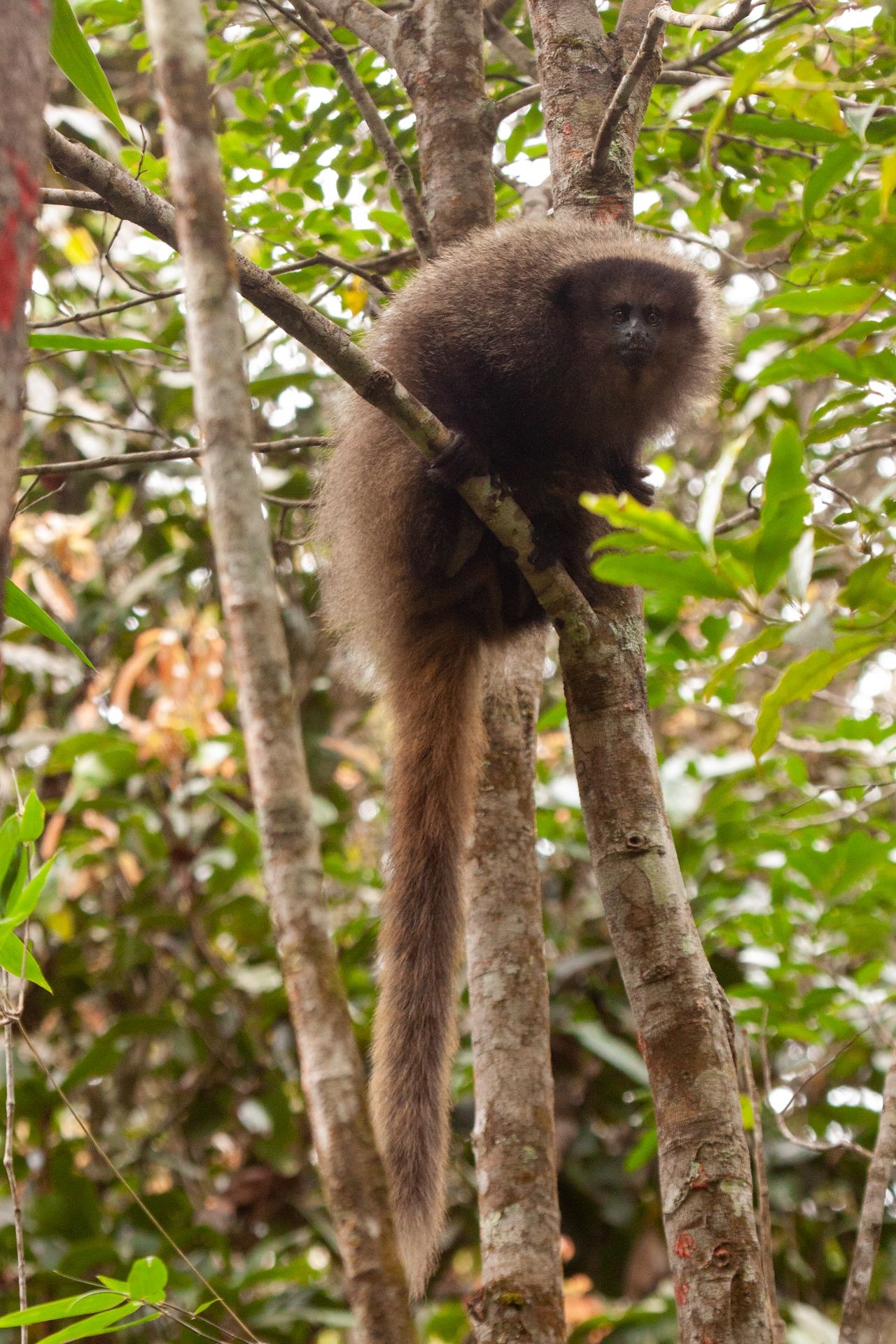
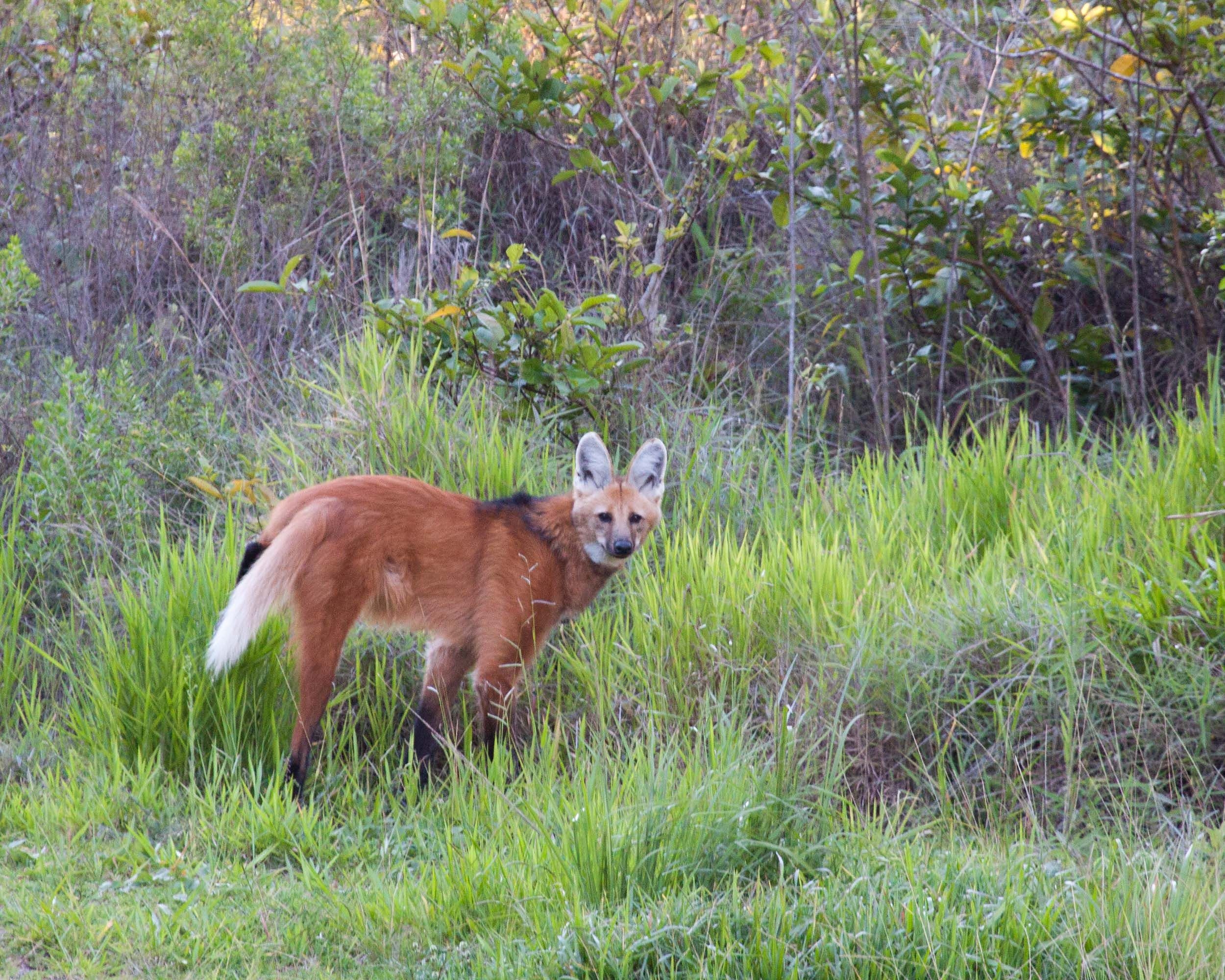
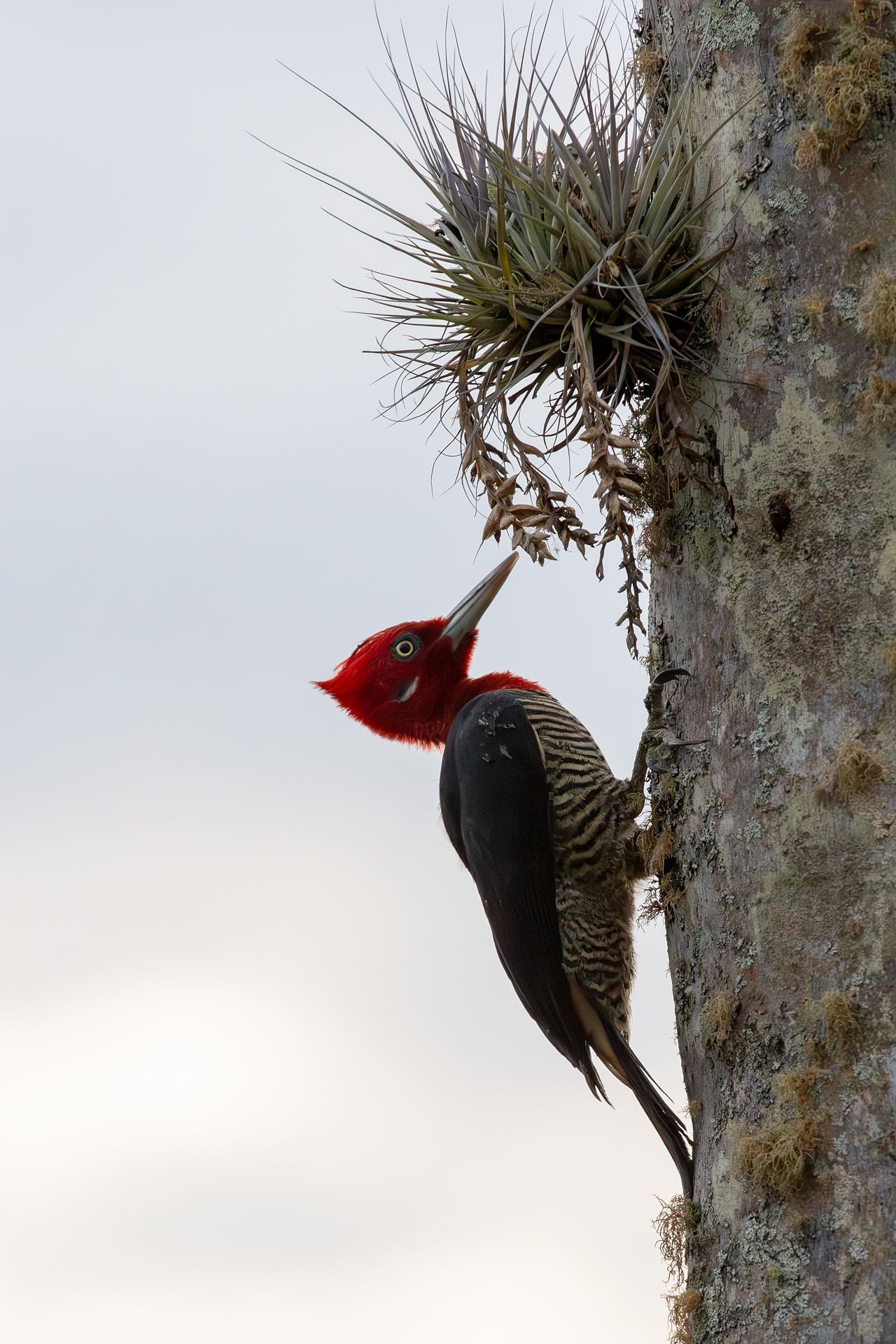
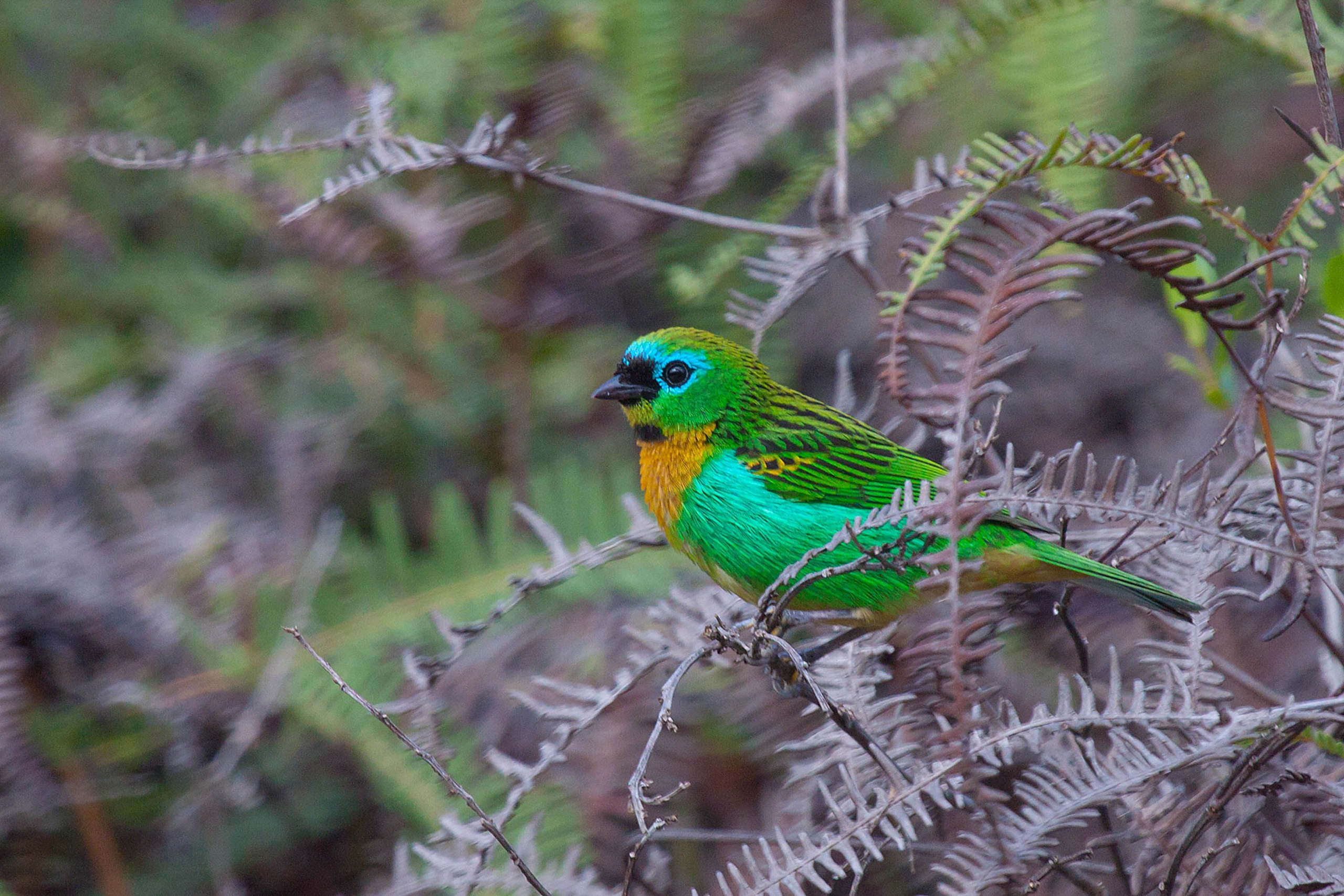
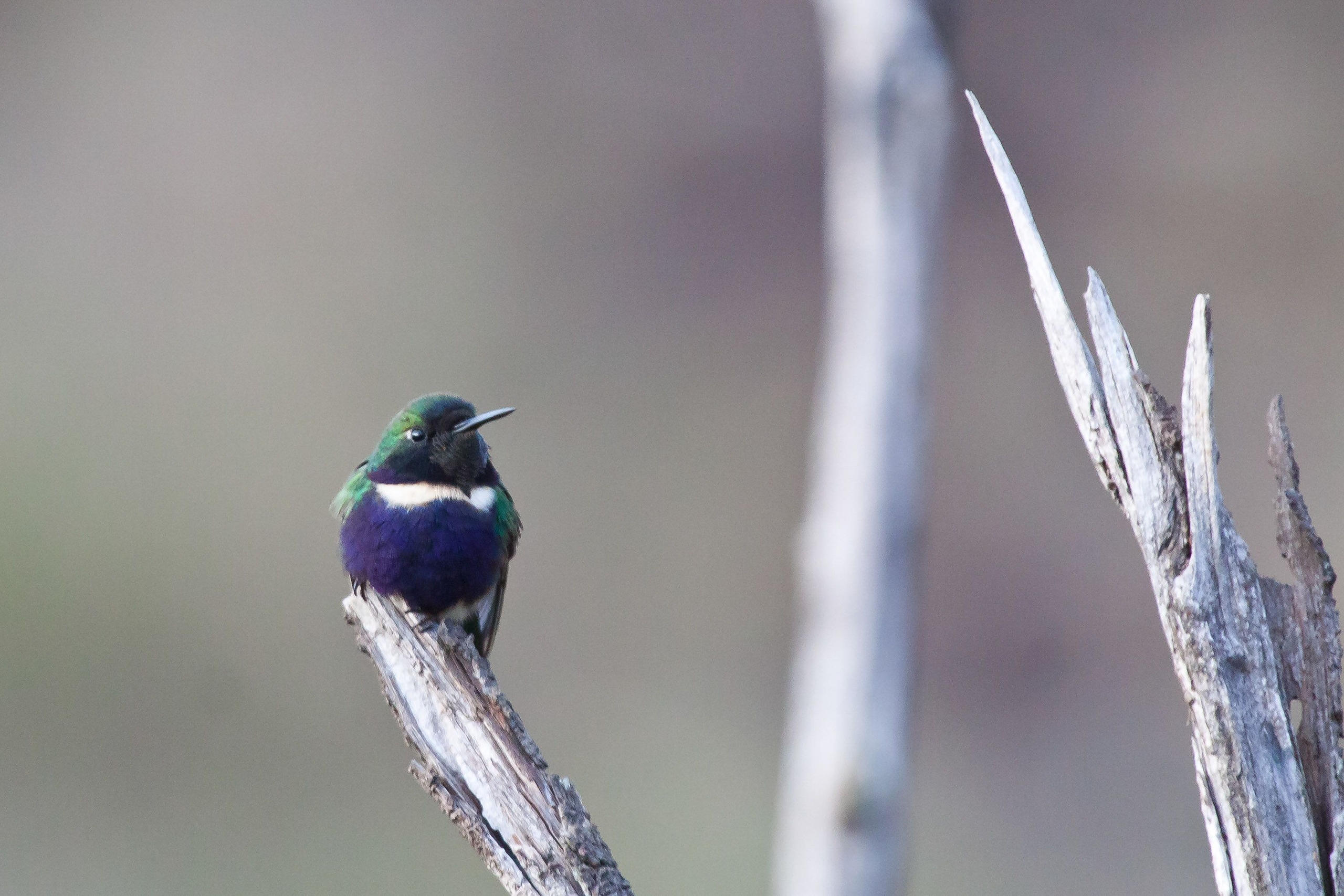
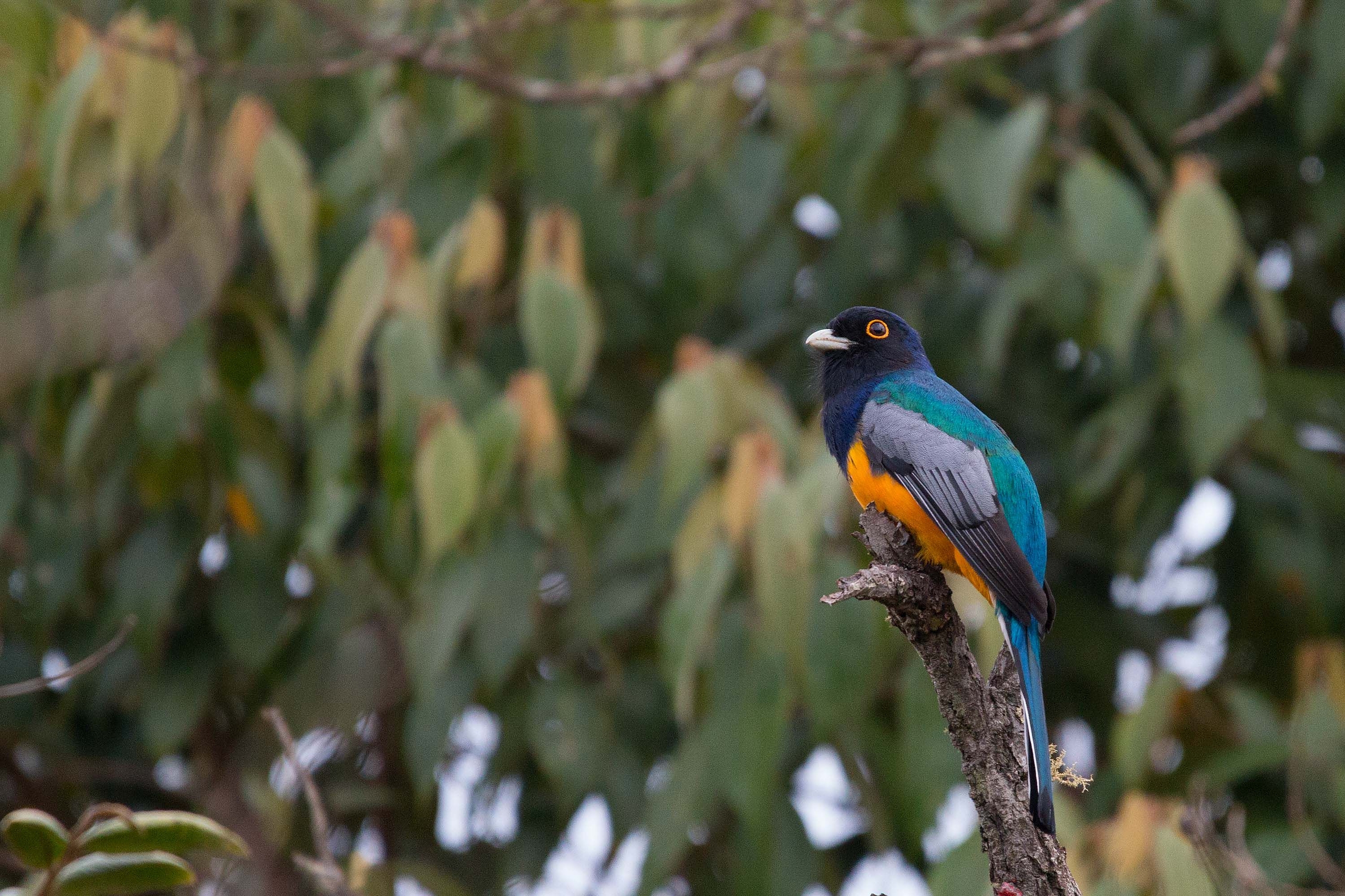









































Ask About This Tour
If you have any questions about this tour, please enter your details here and we will get back to you as soon as possible.
Alternatively, contact us by email or phone. We look forward to hearing from you!
- 0117 965 8333
- [email protected]
Or complete the contact form and we will endeavour to get back to you as soon as possible.
* = required field
